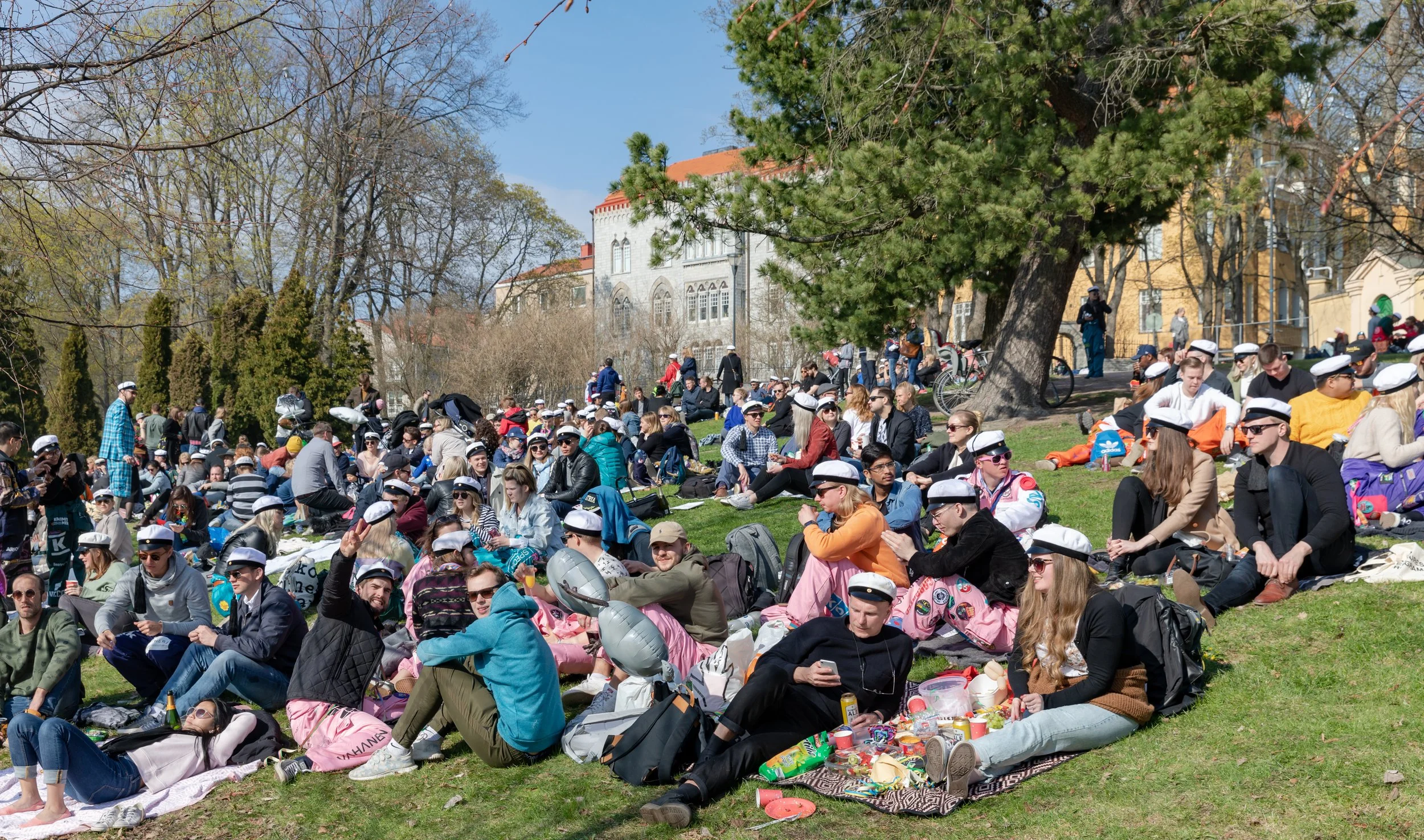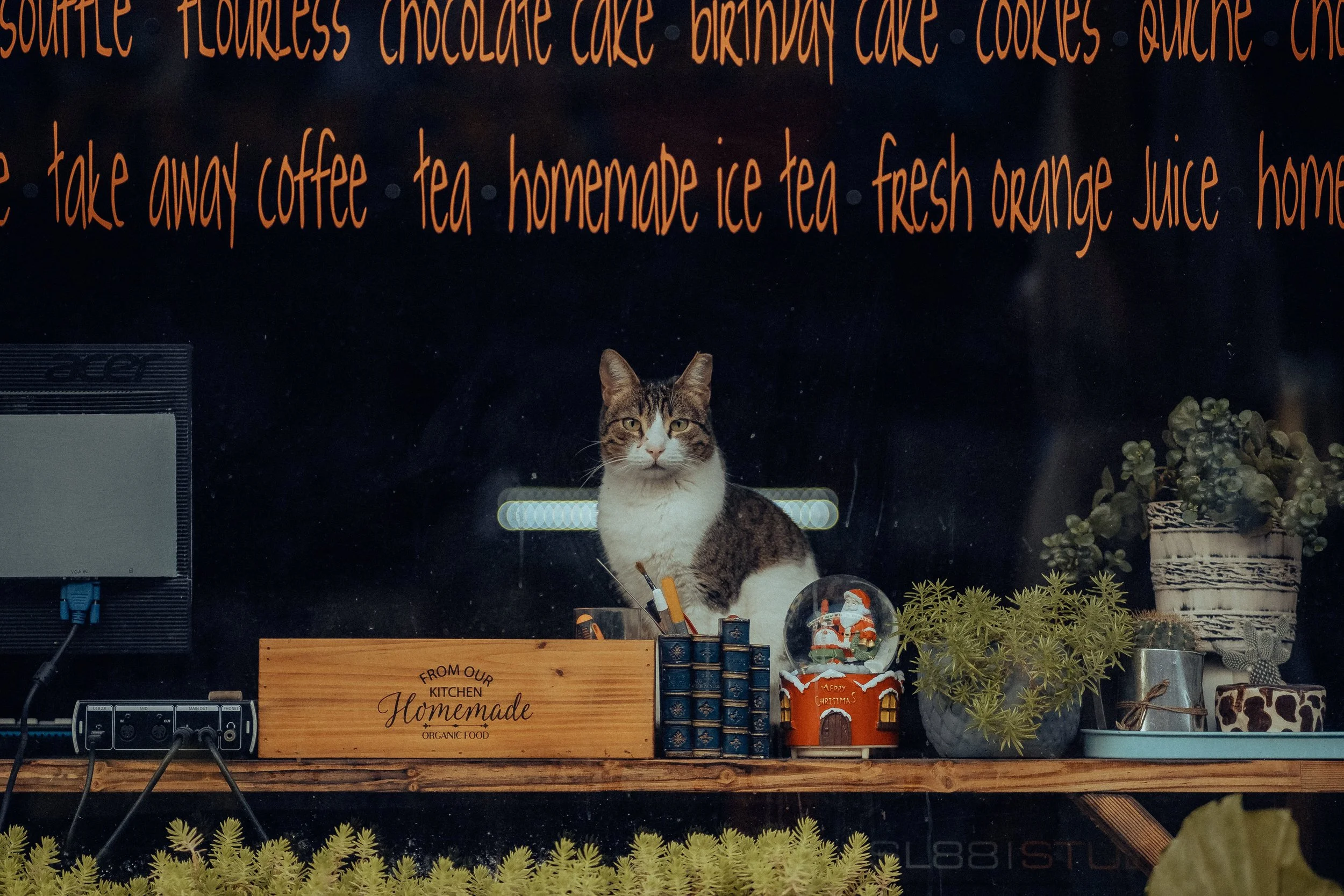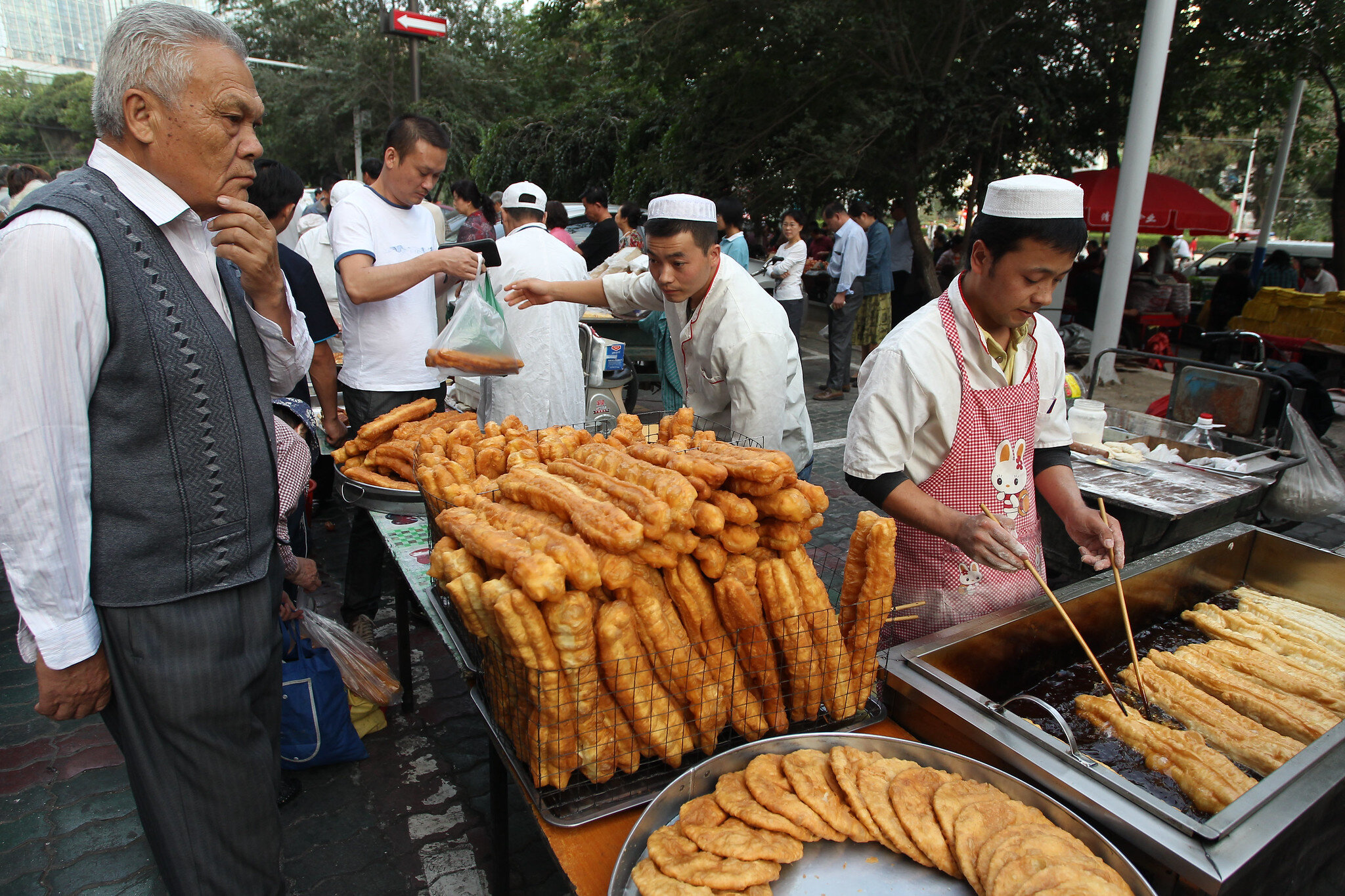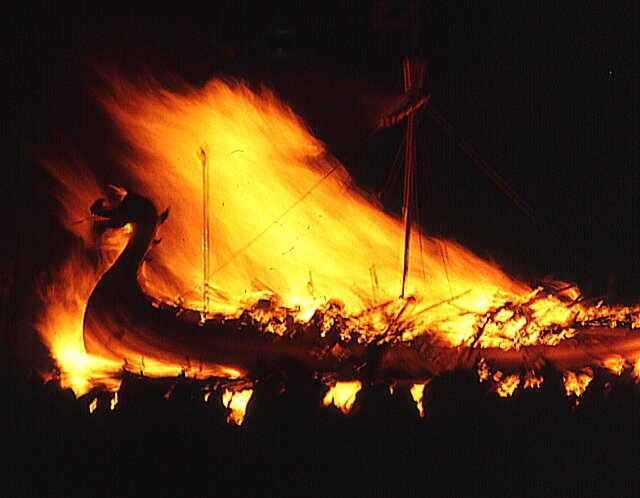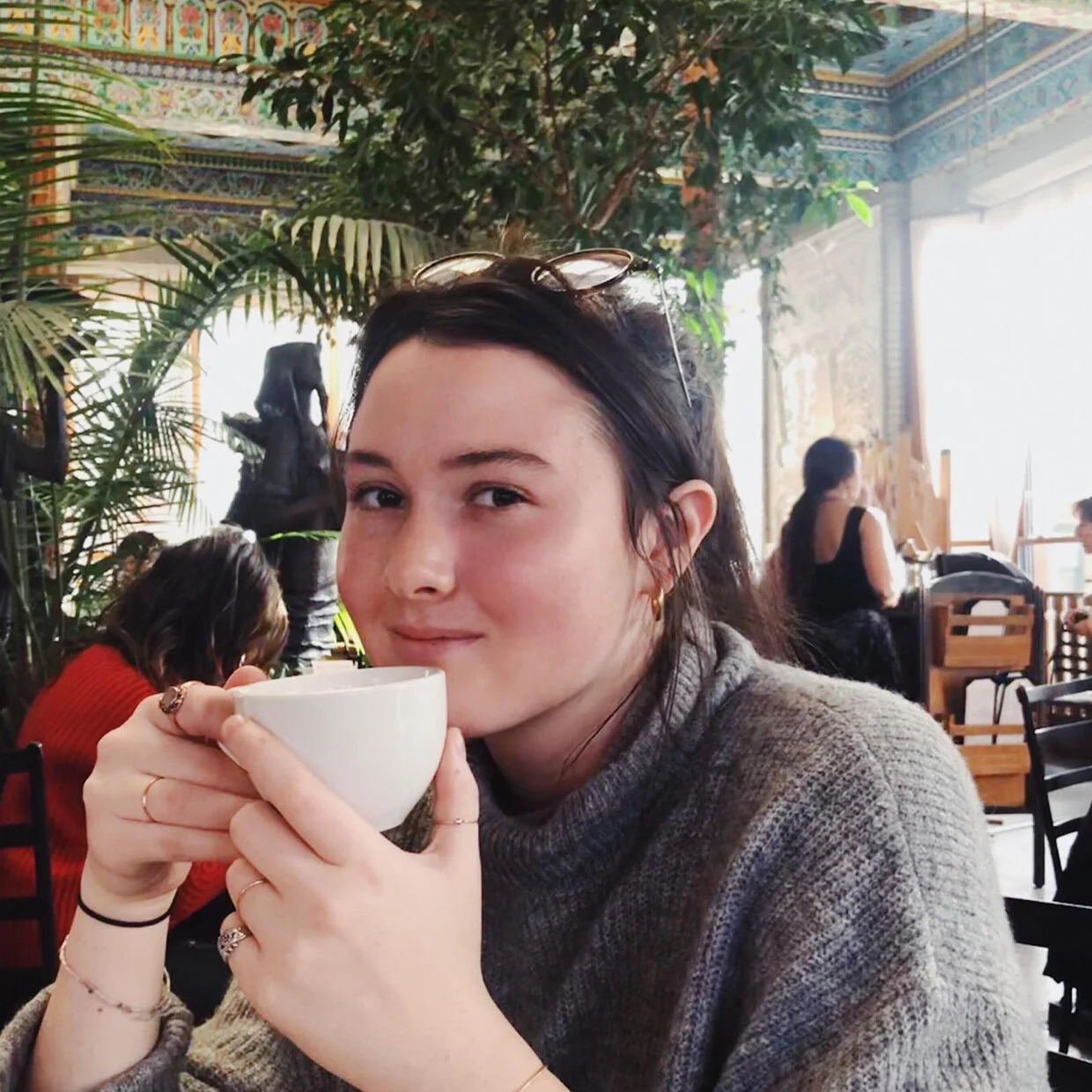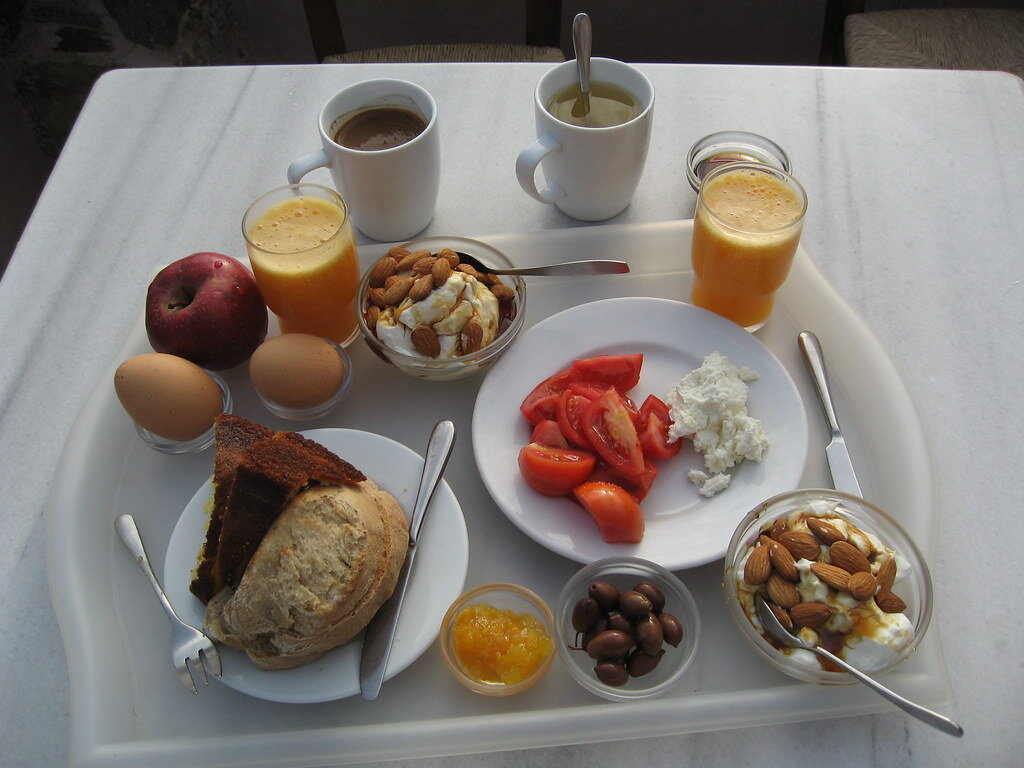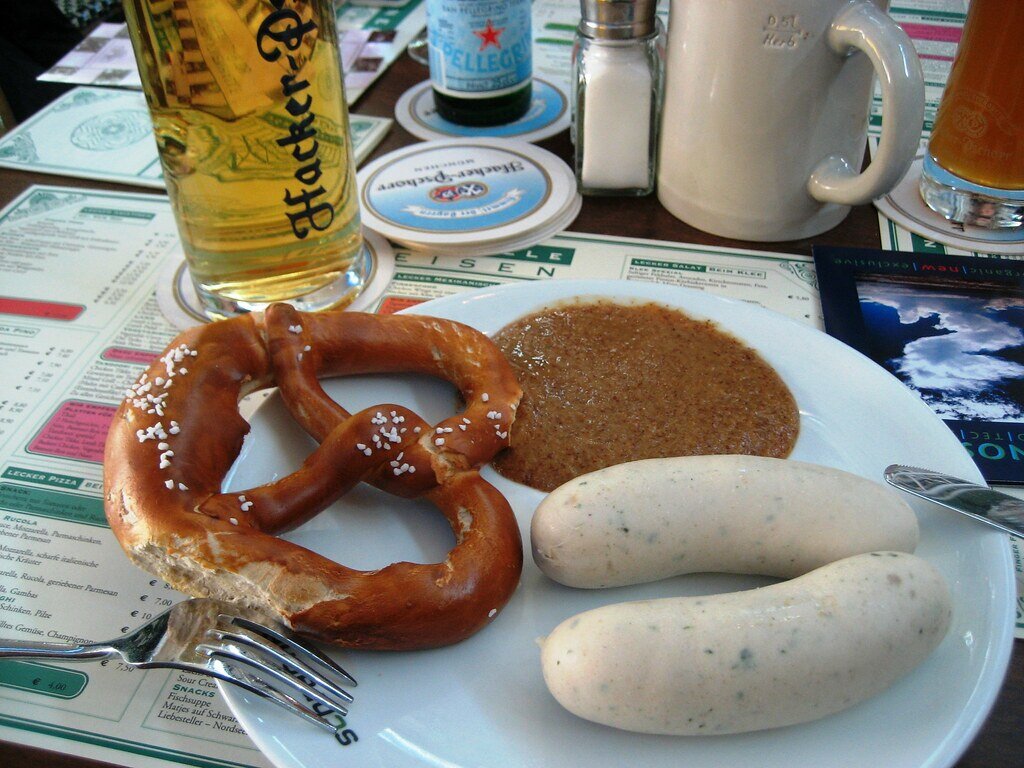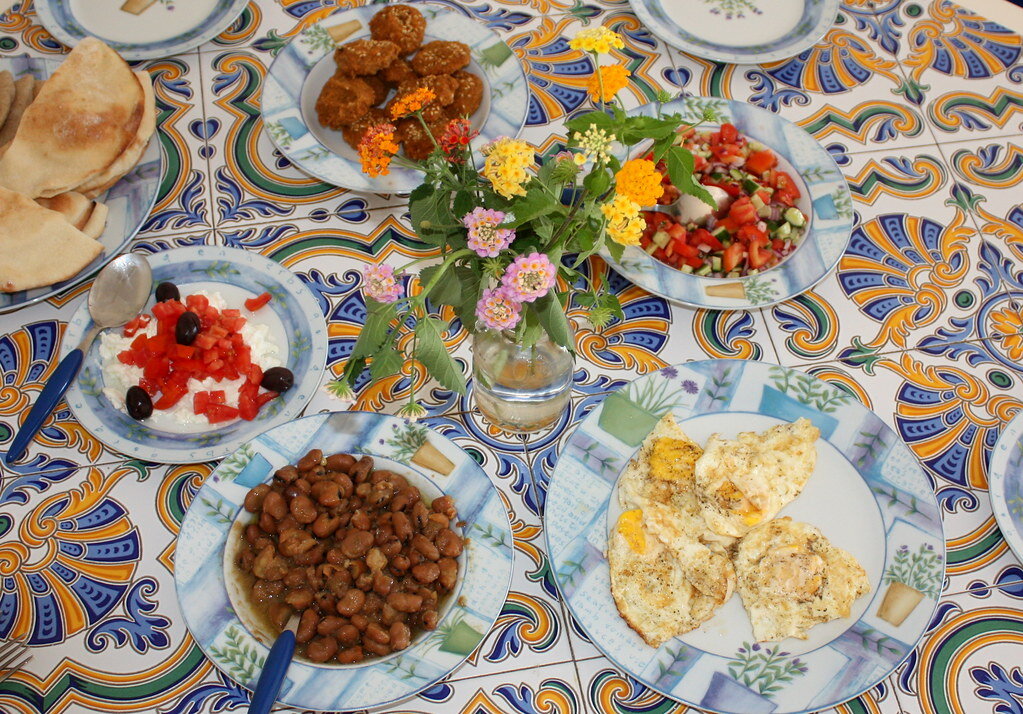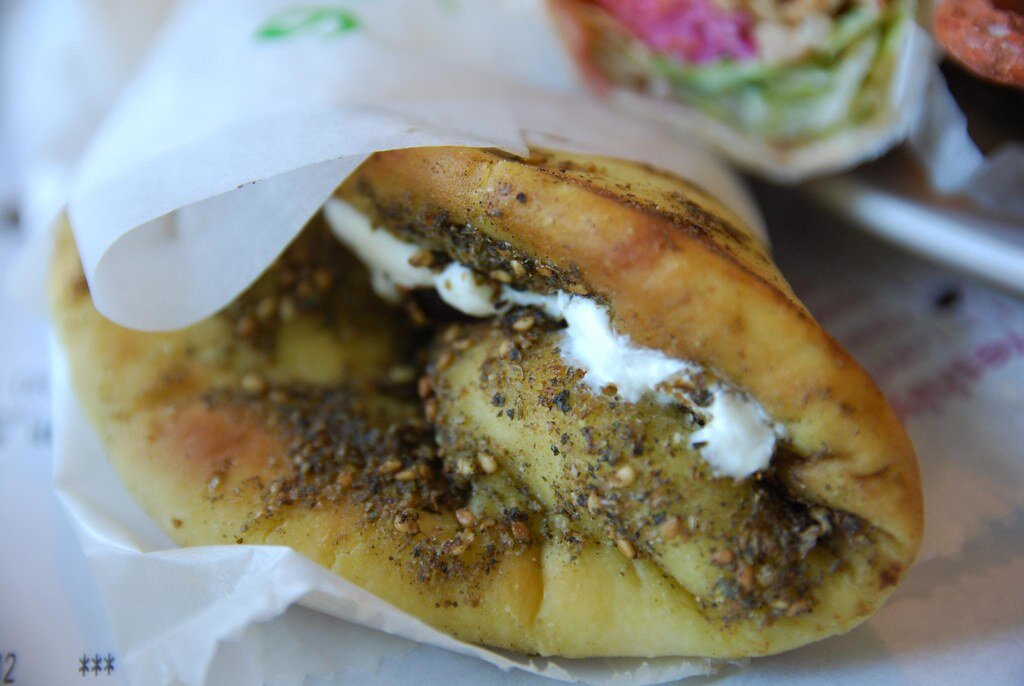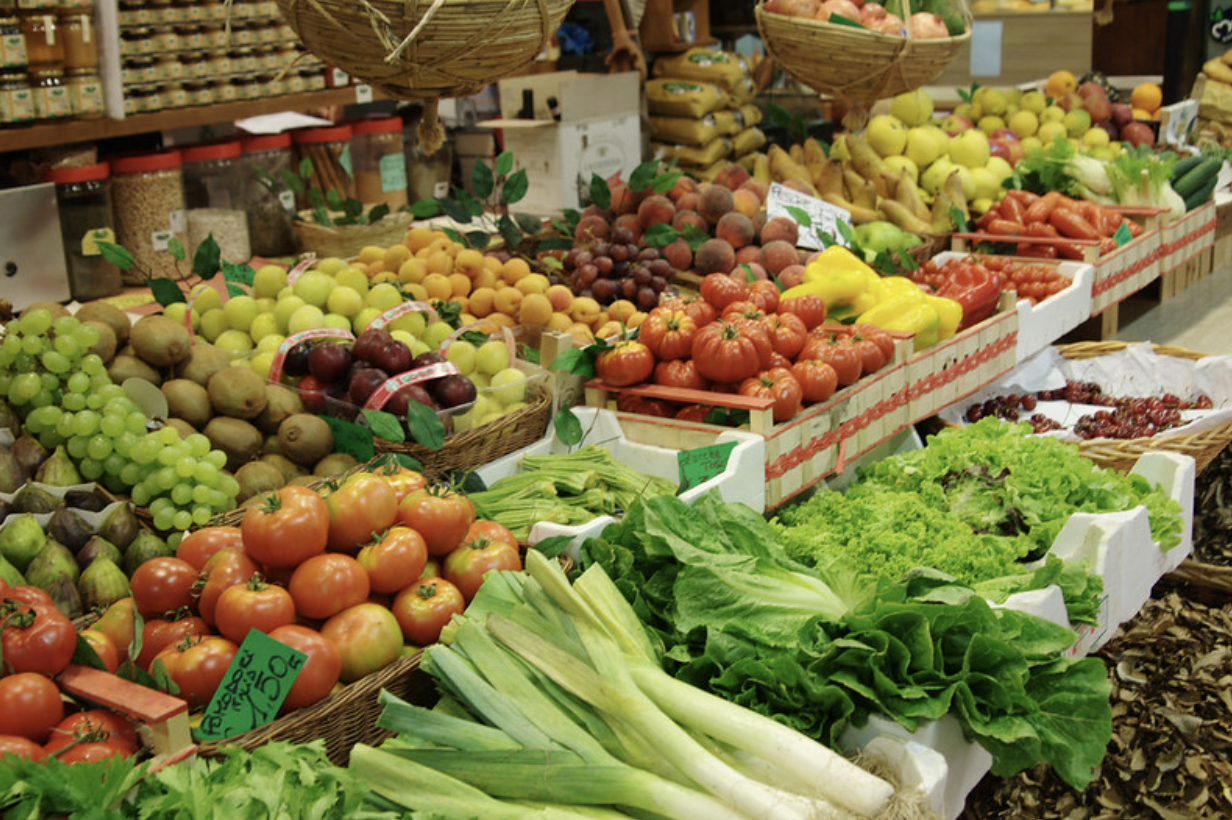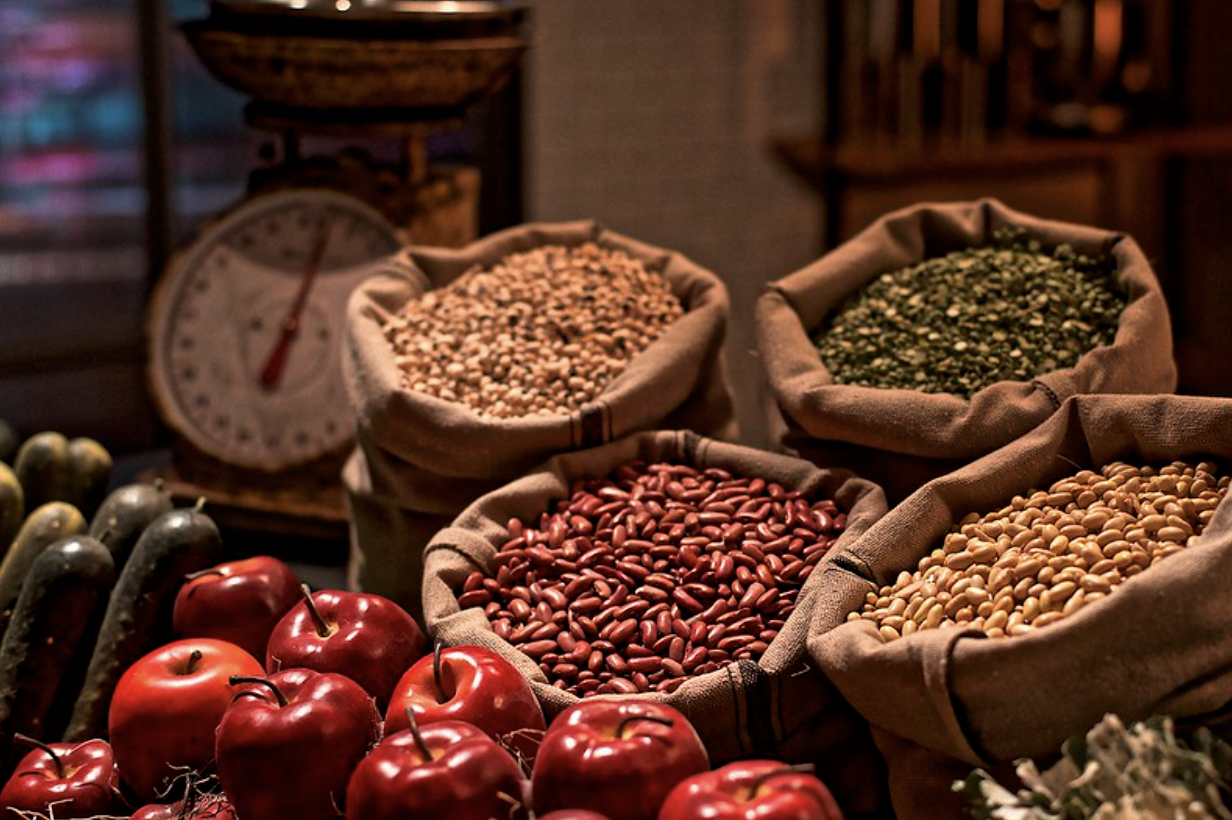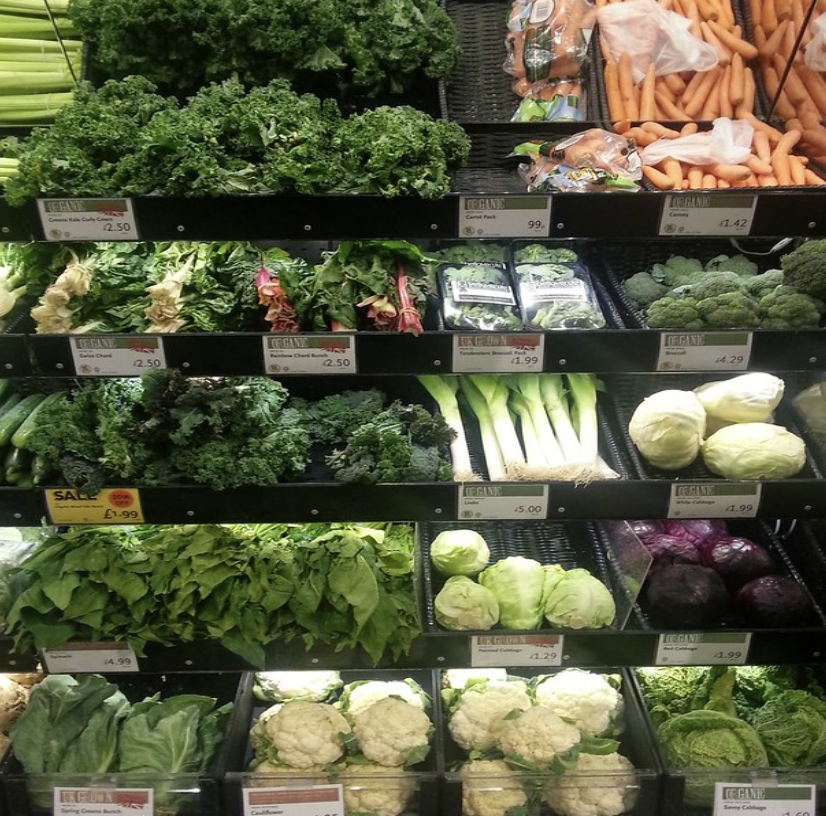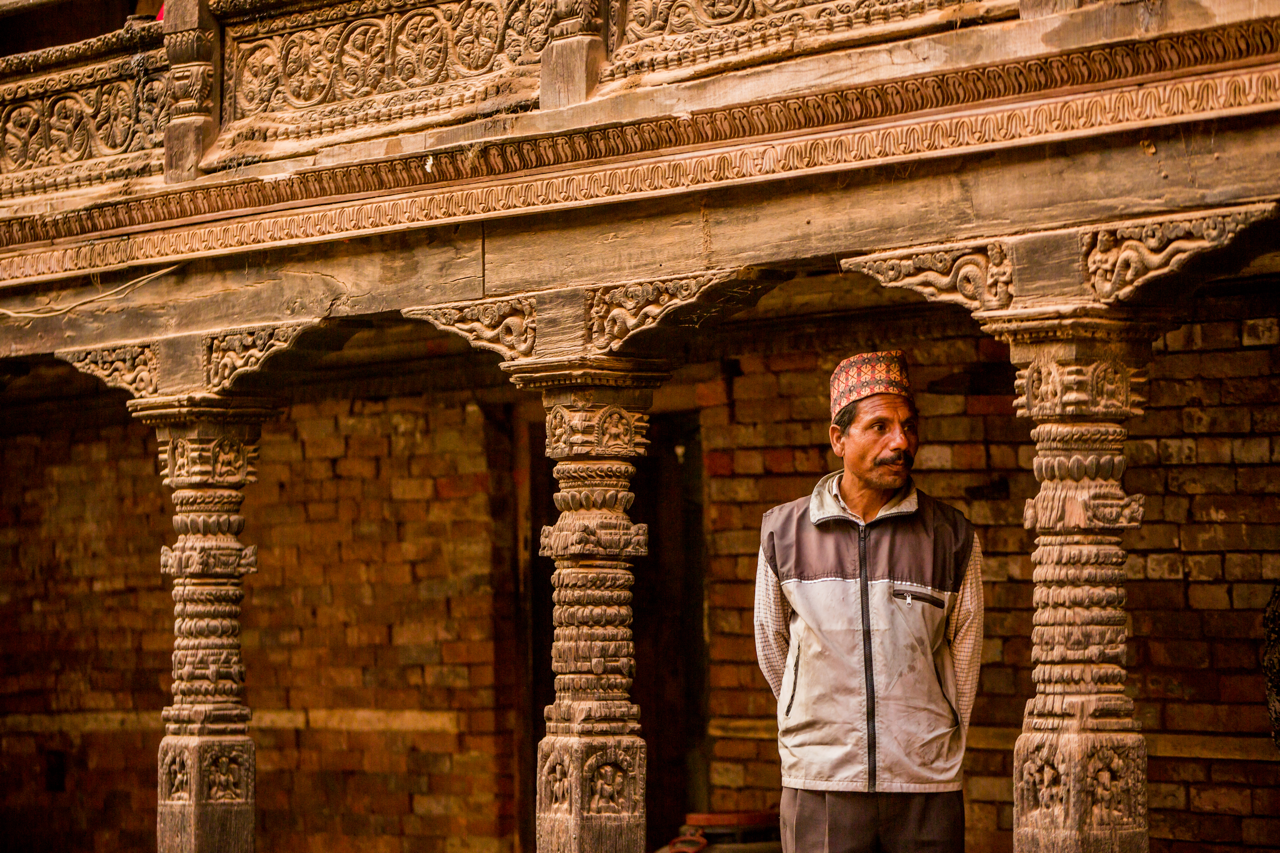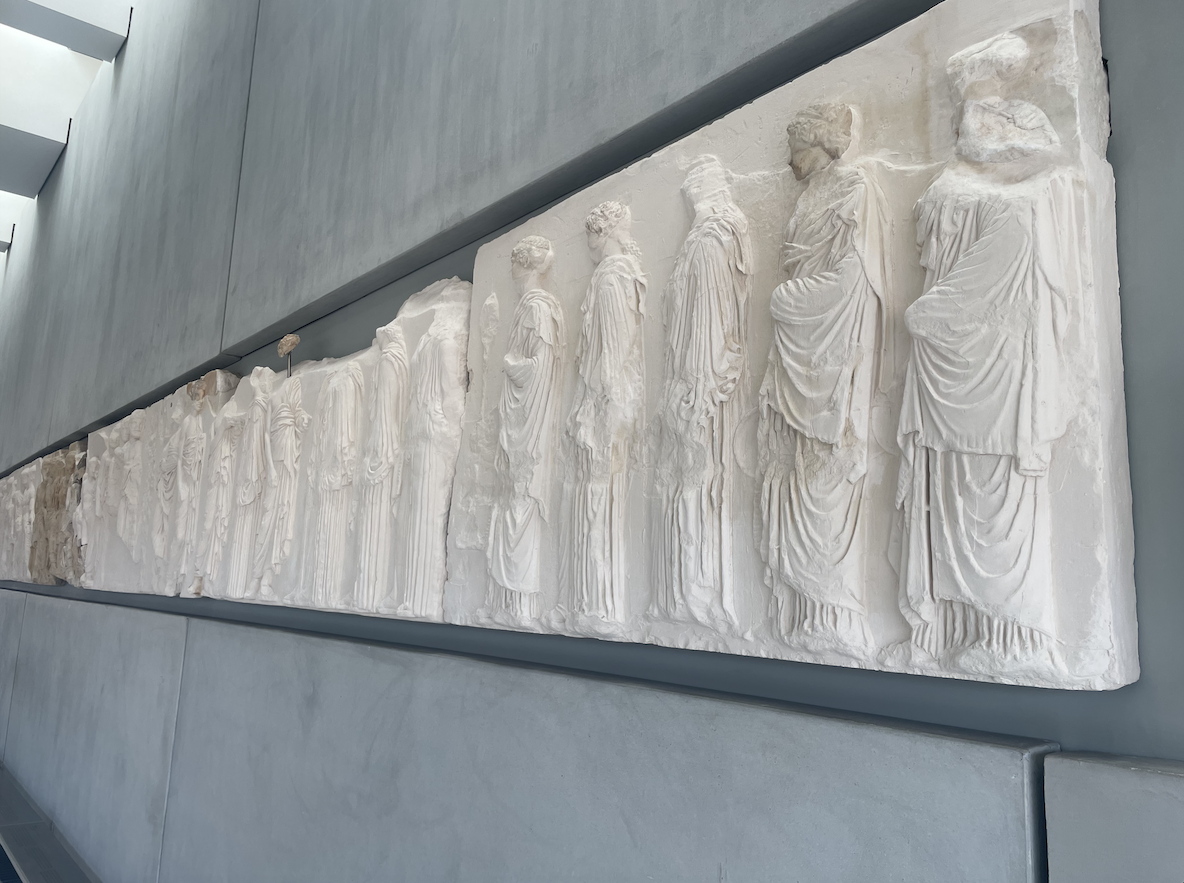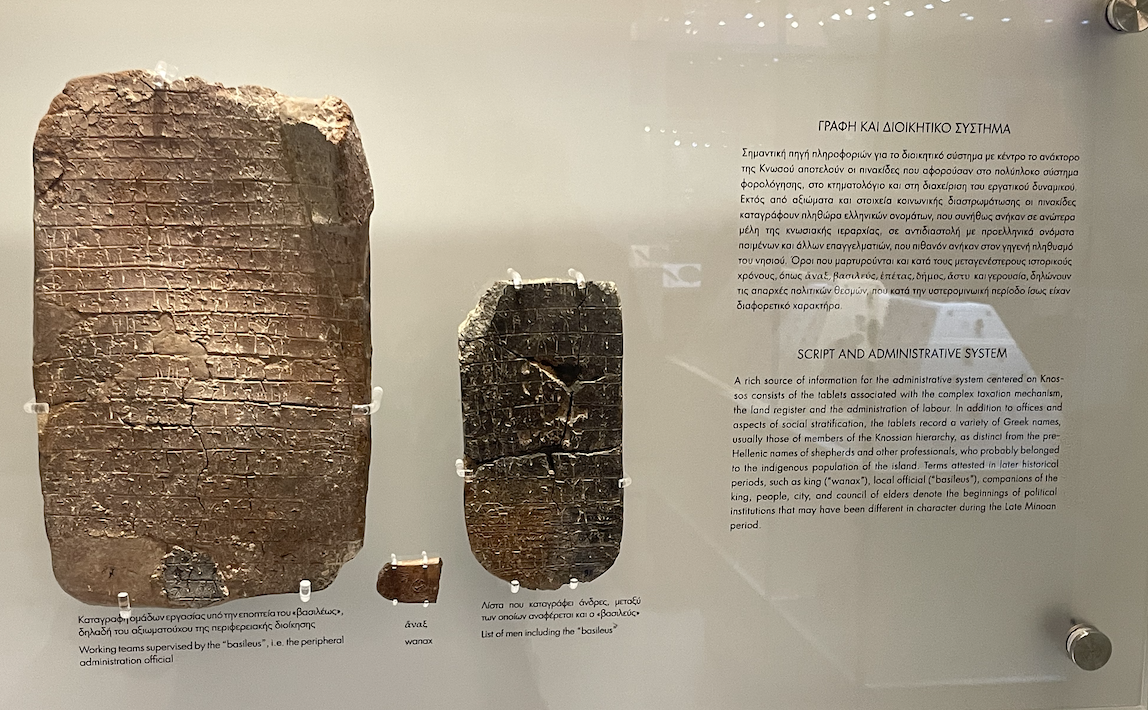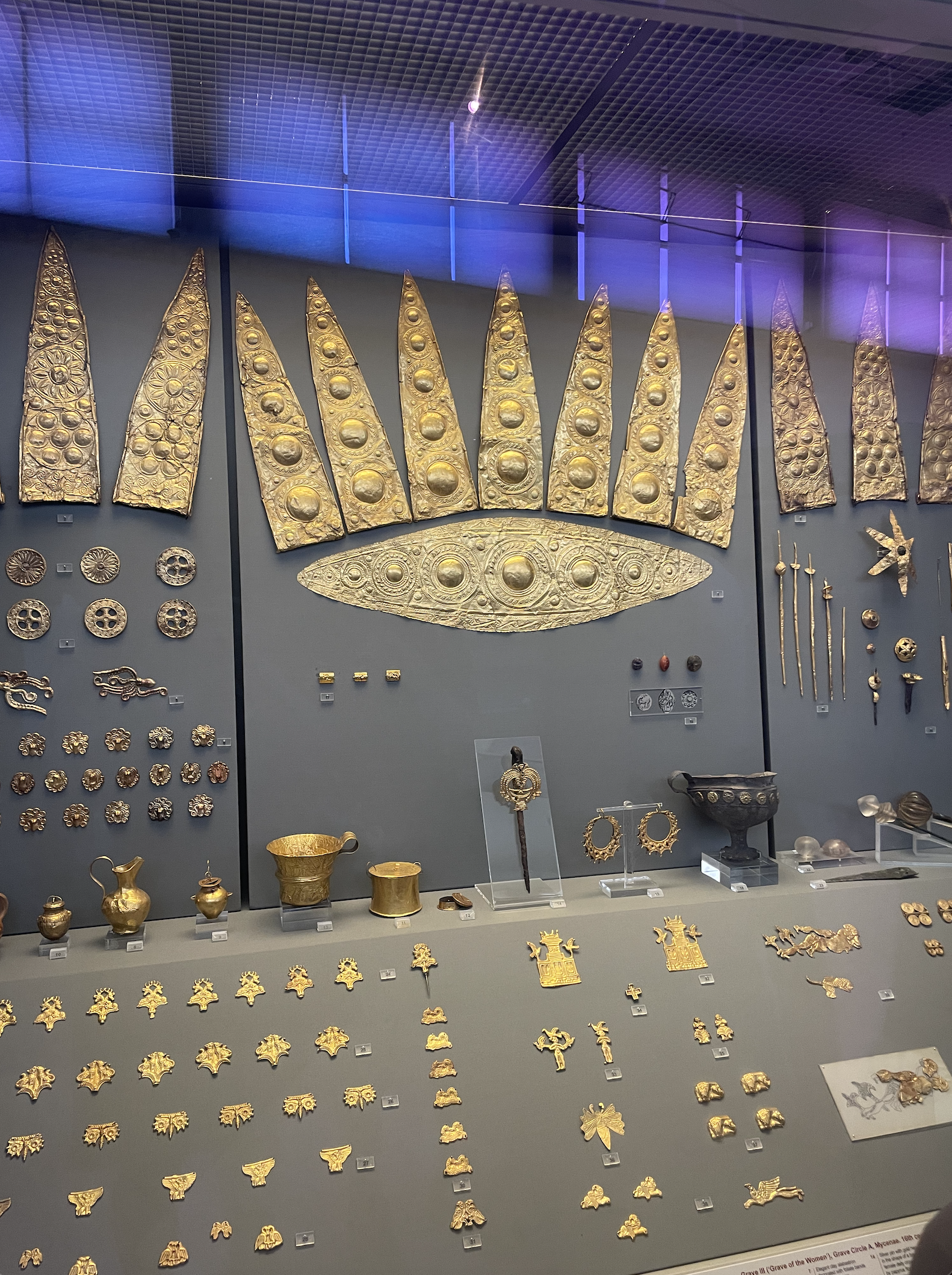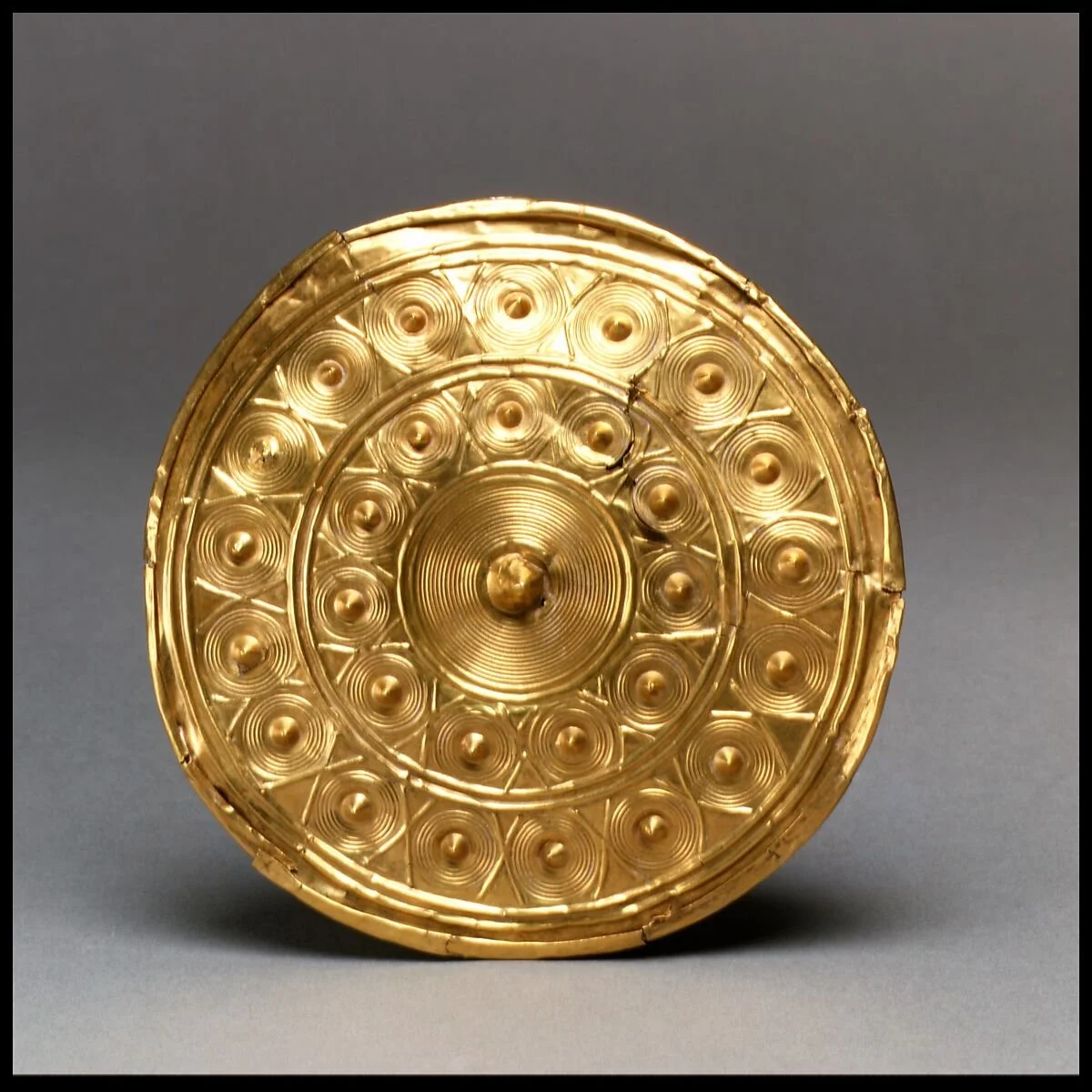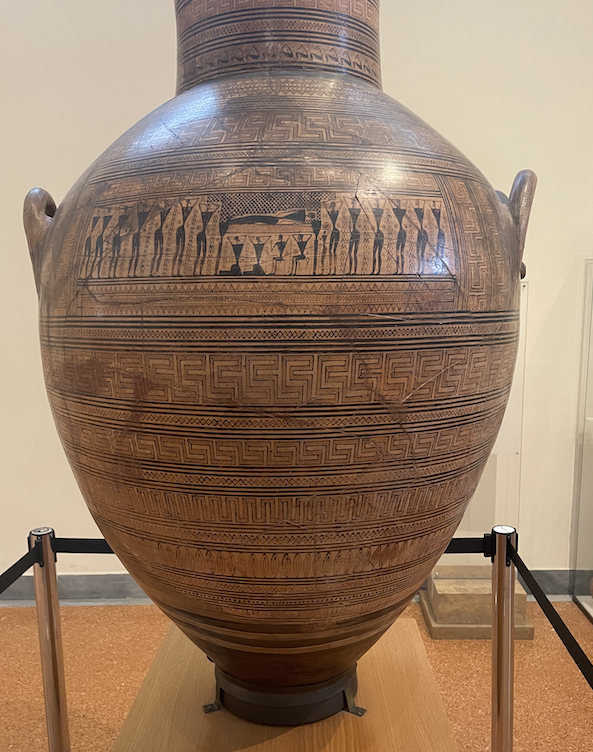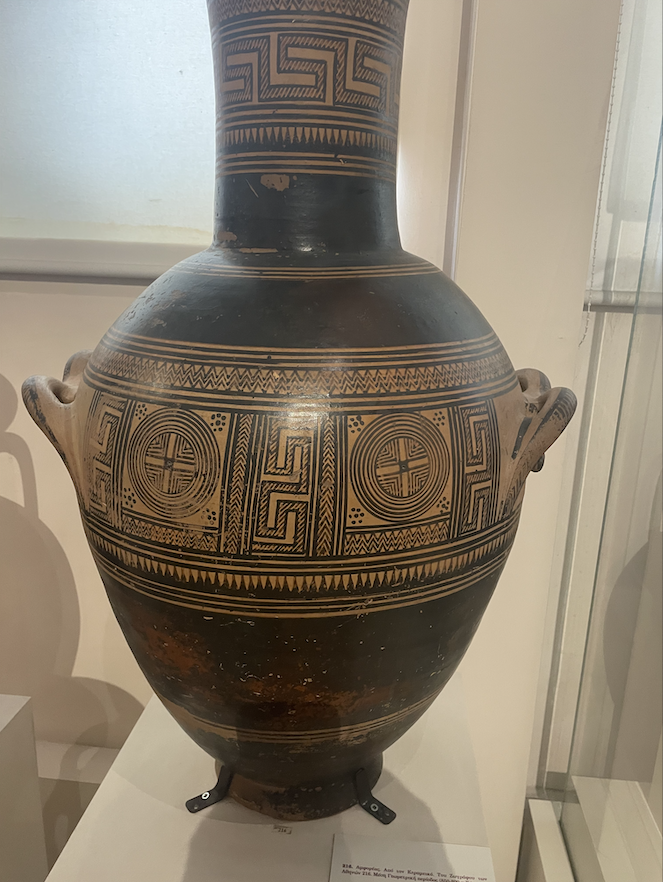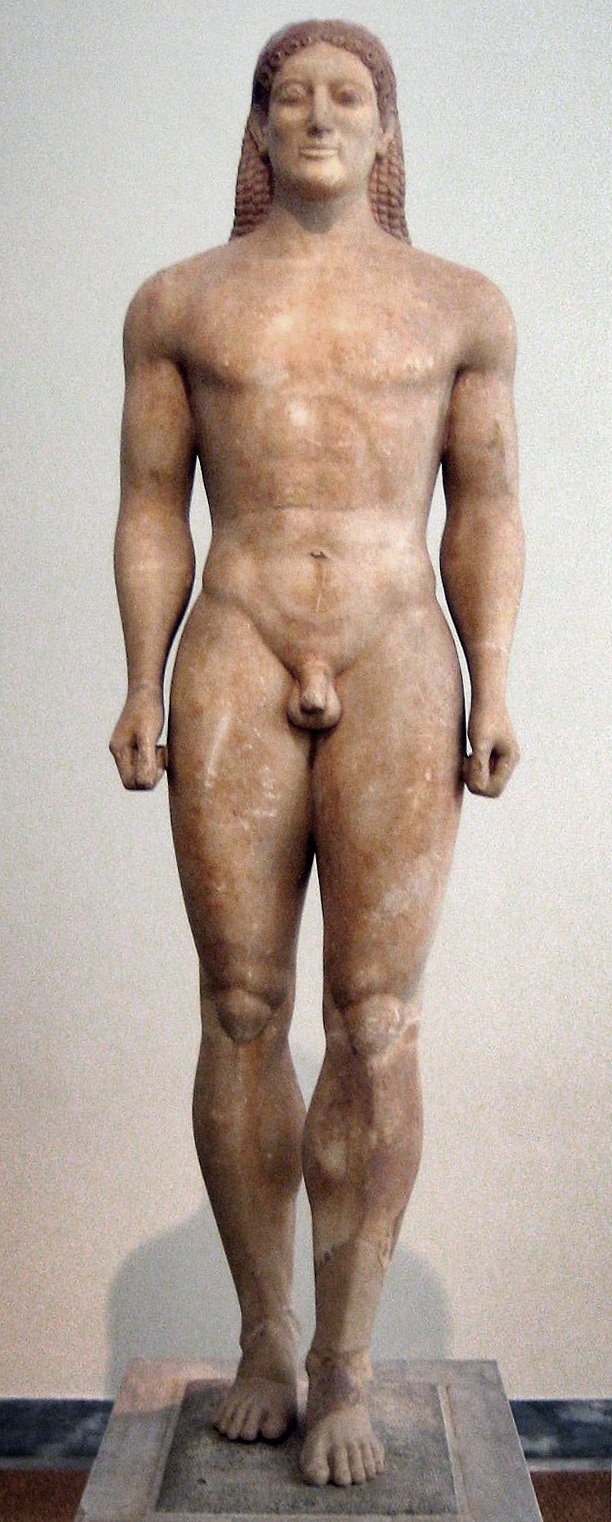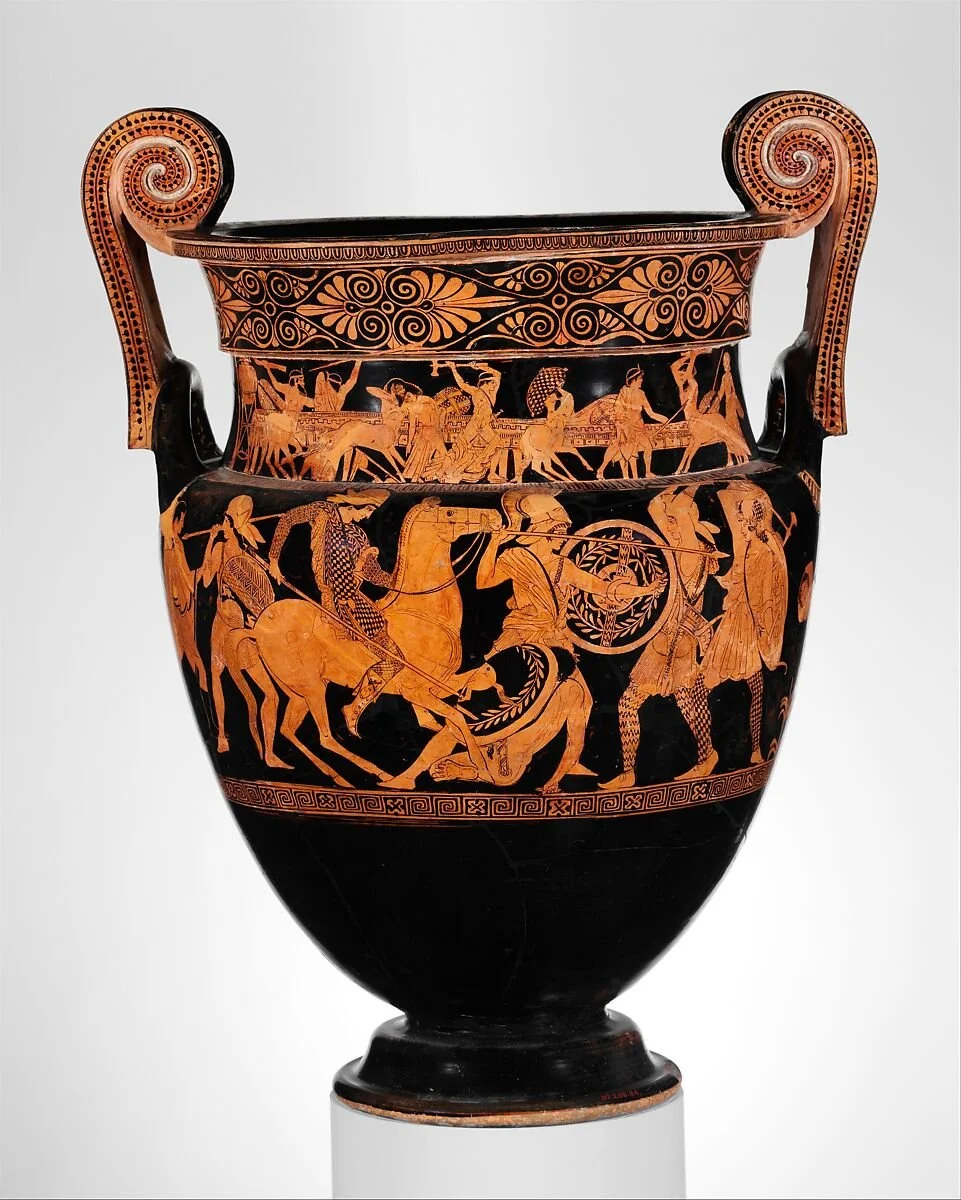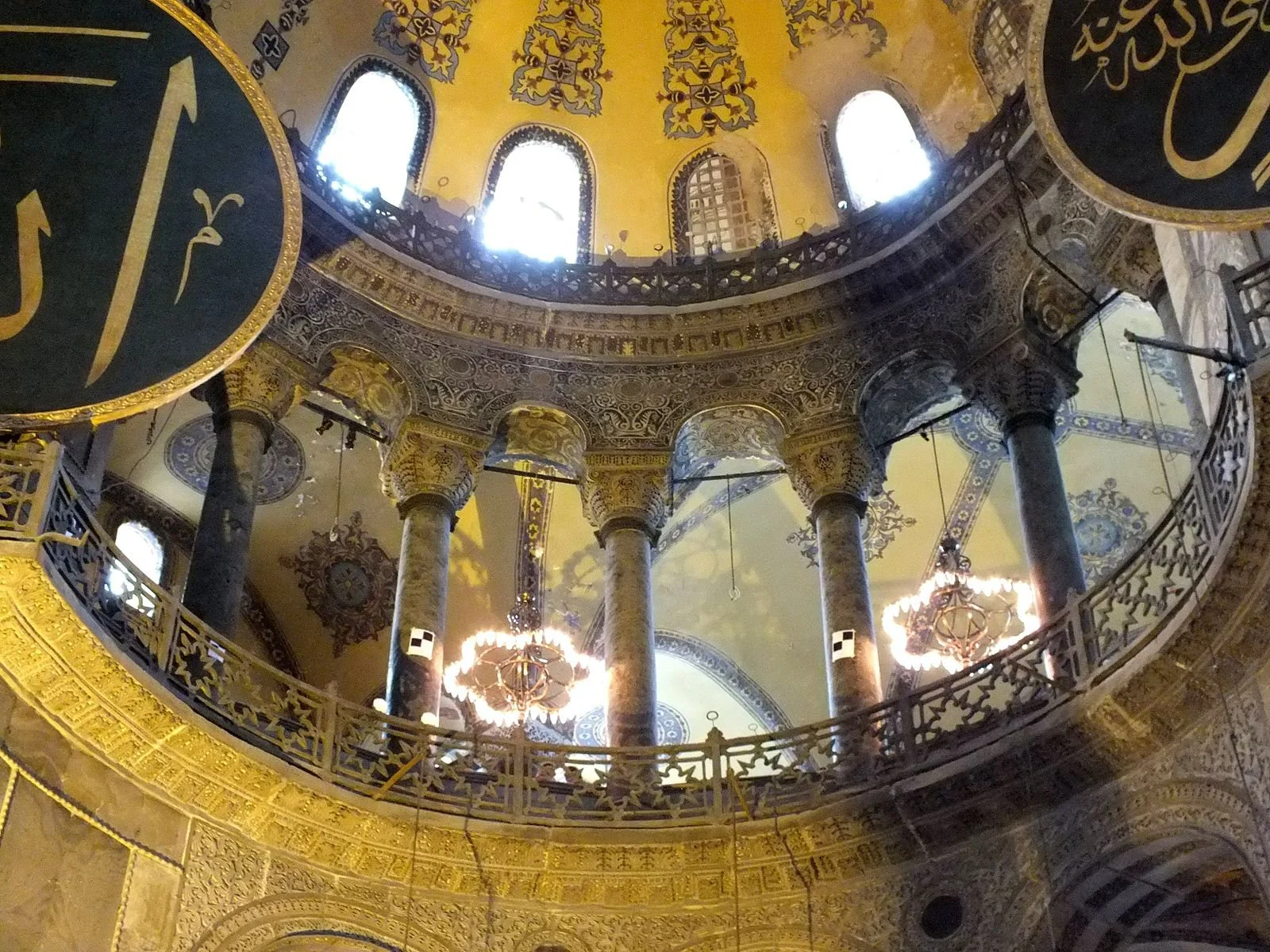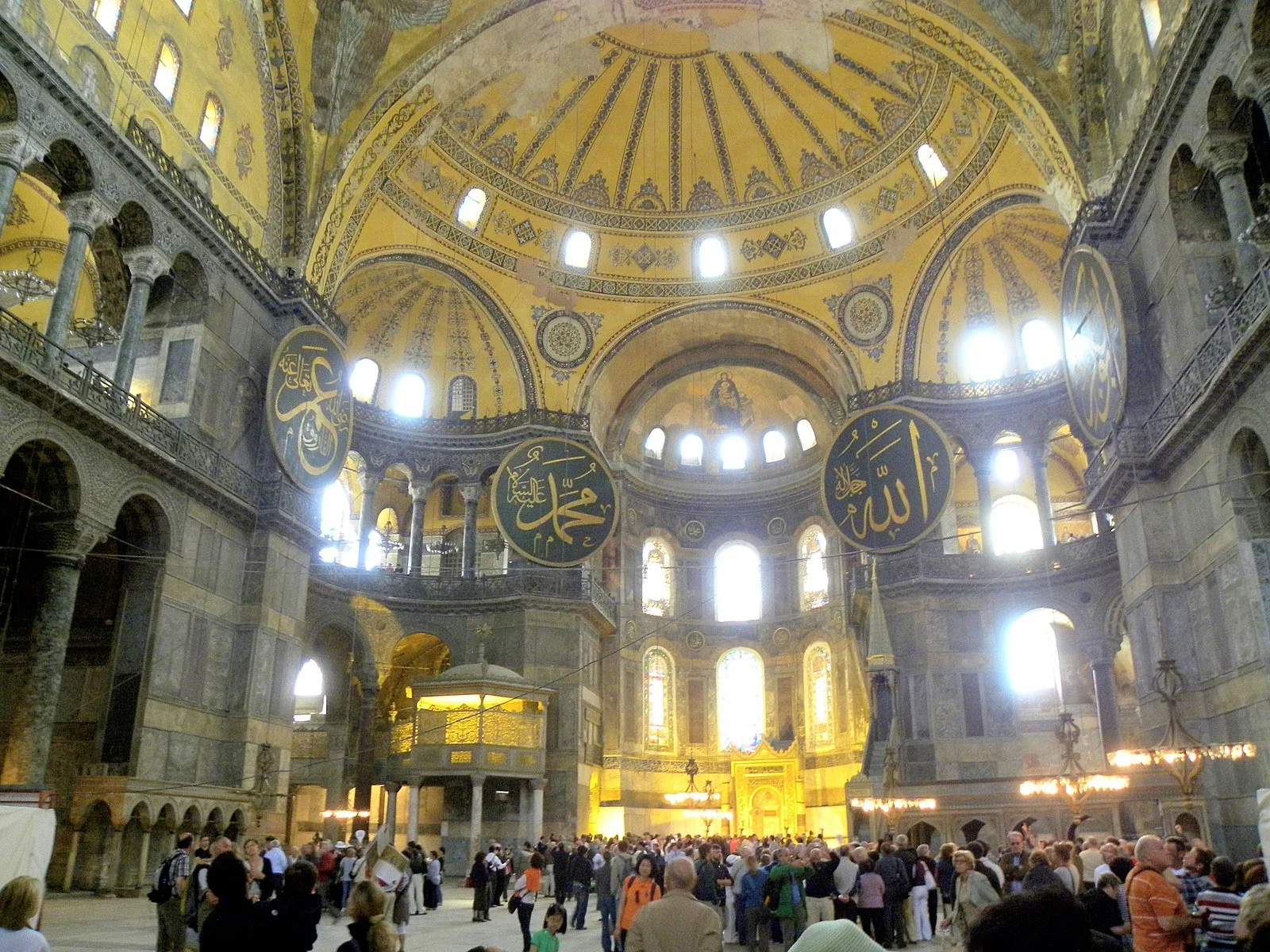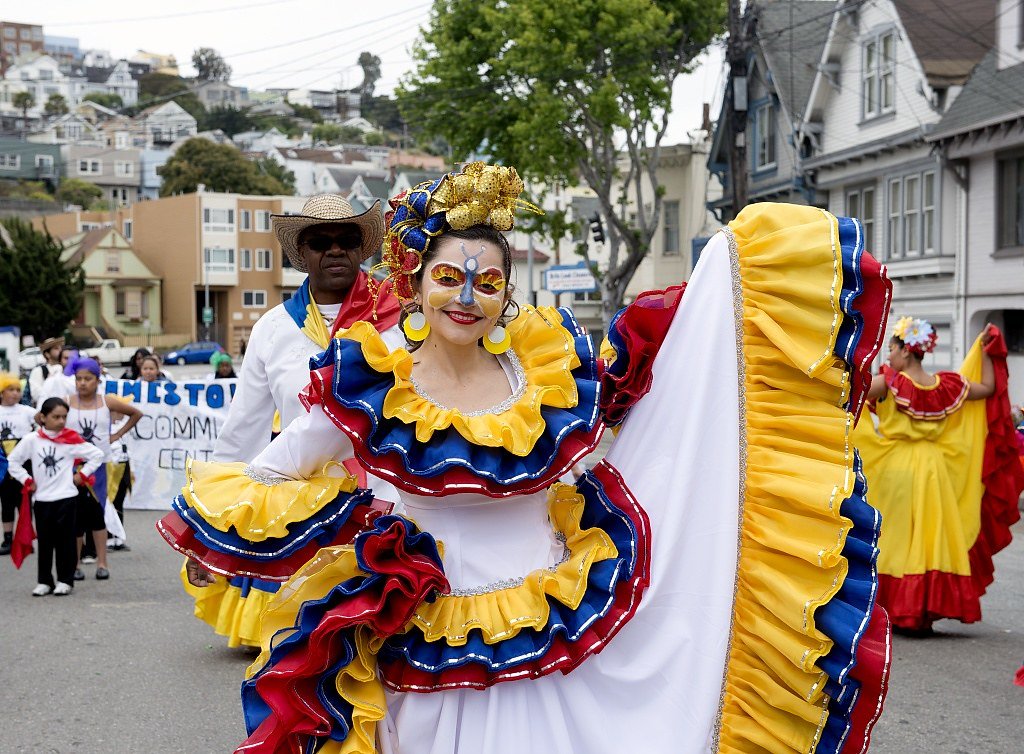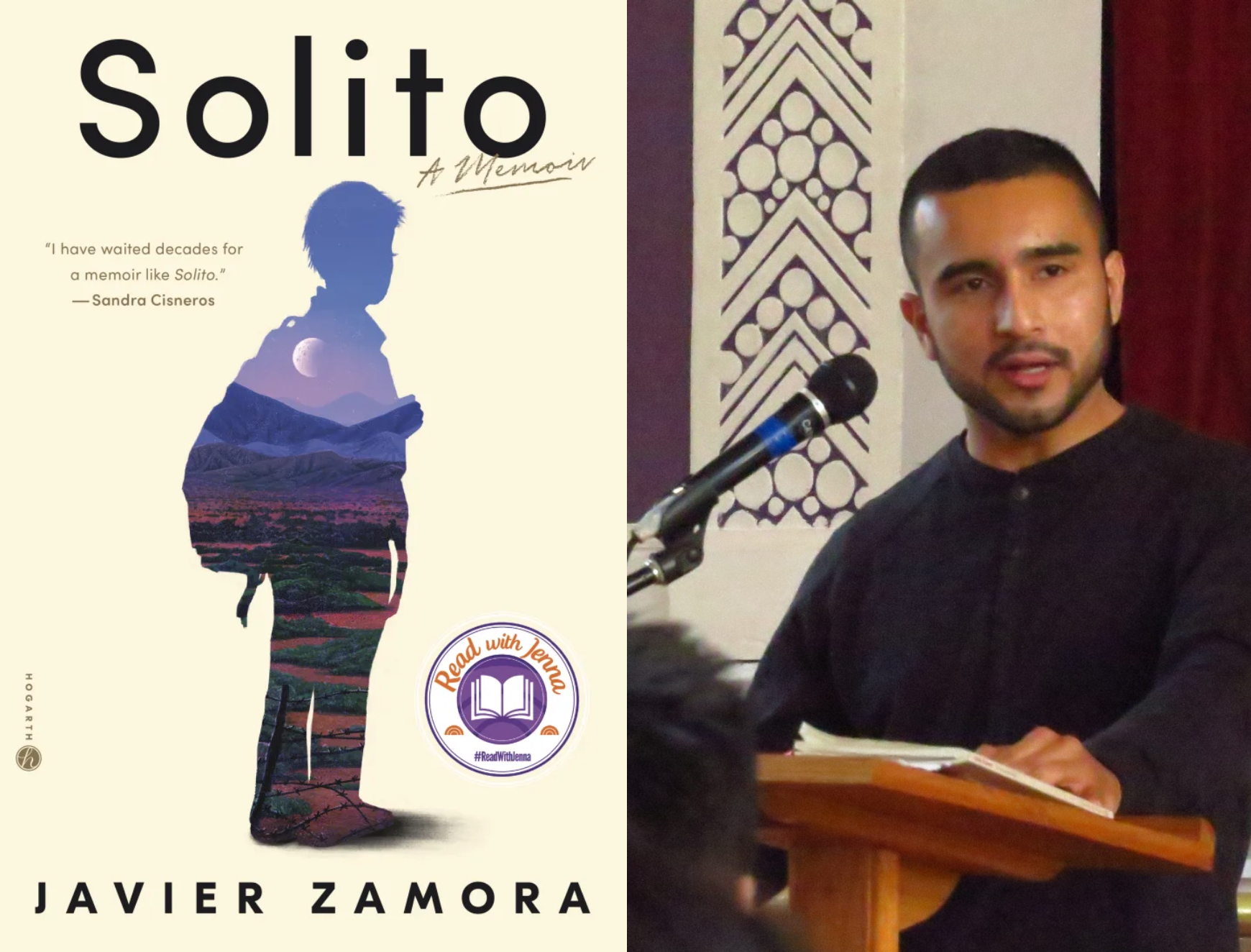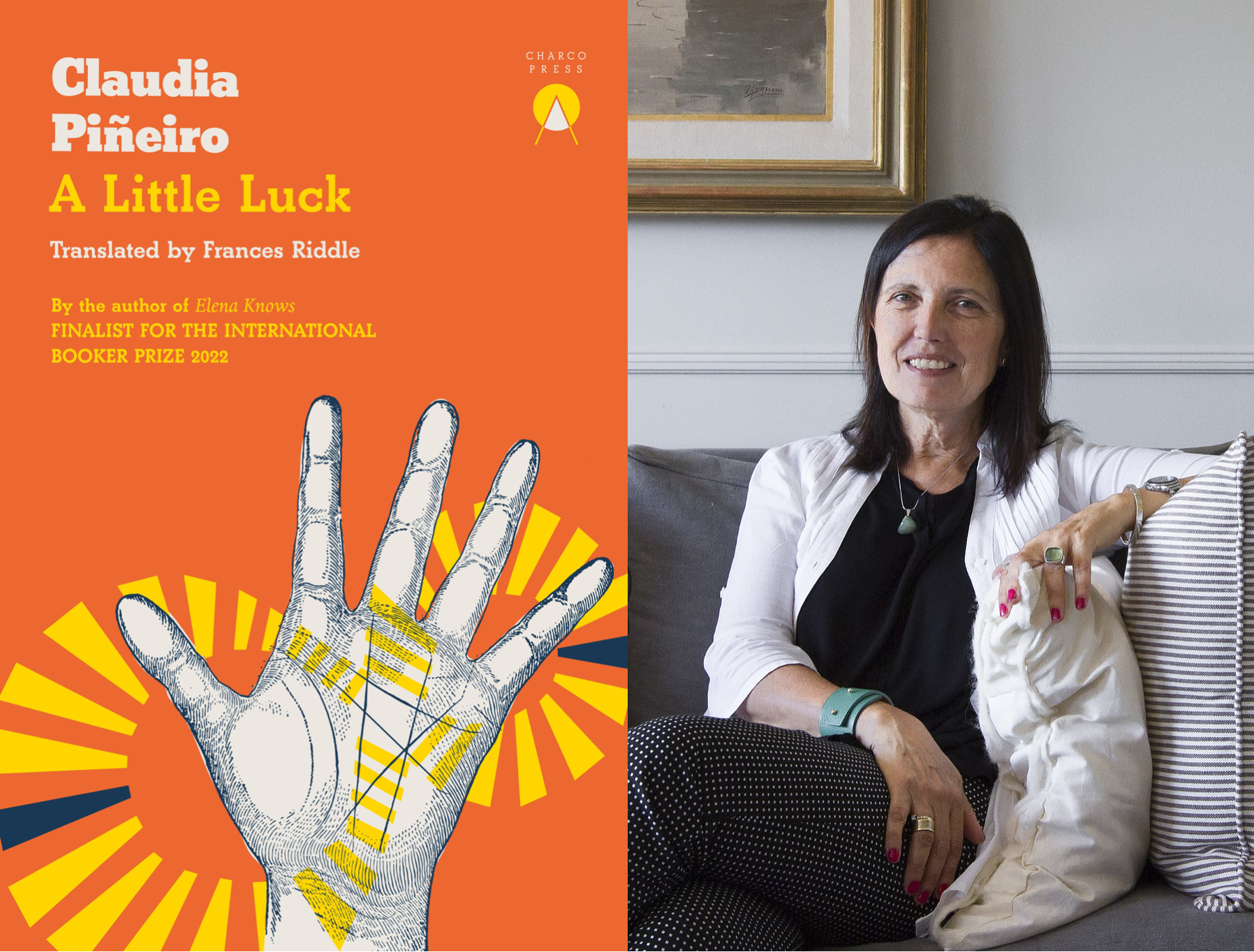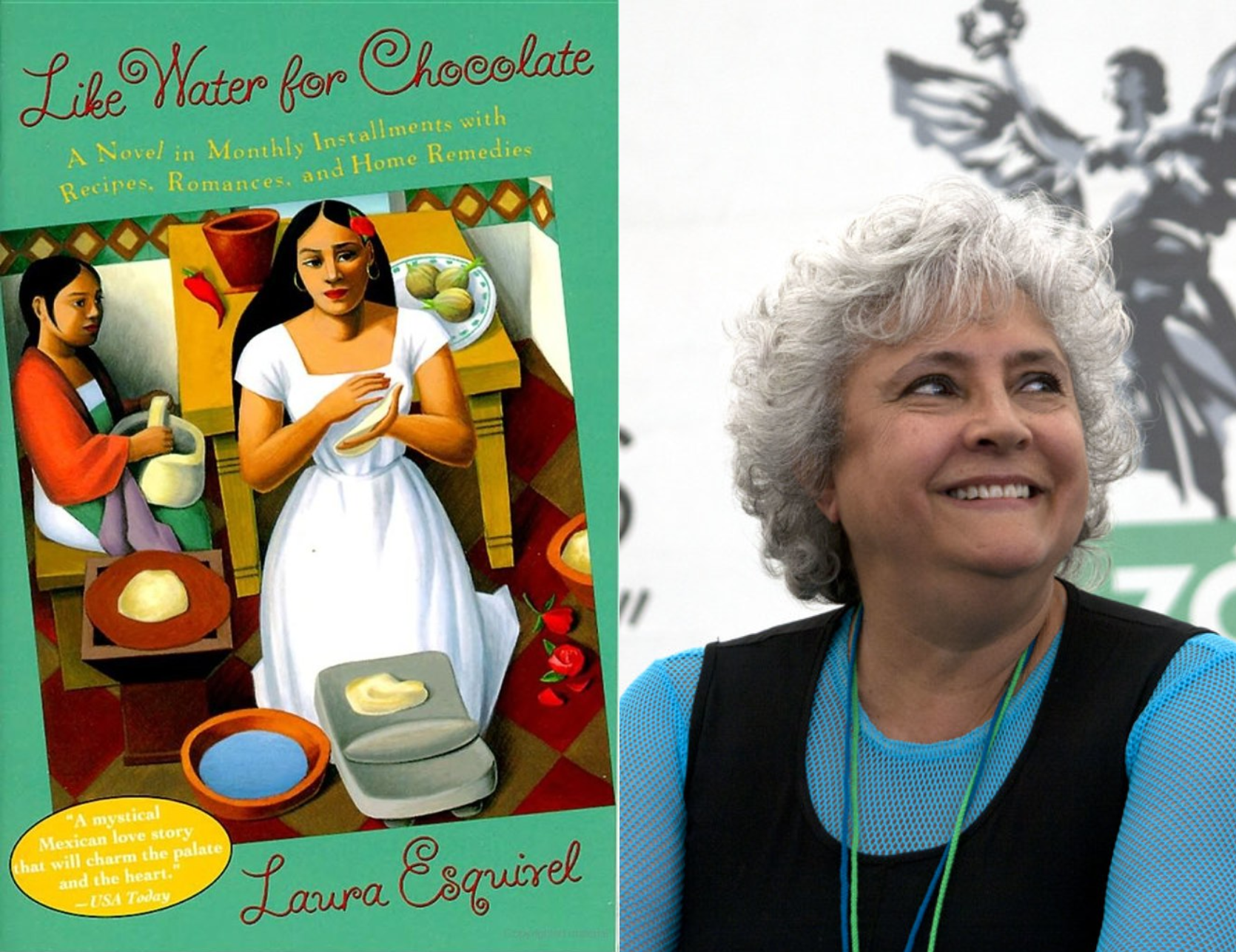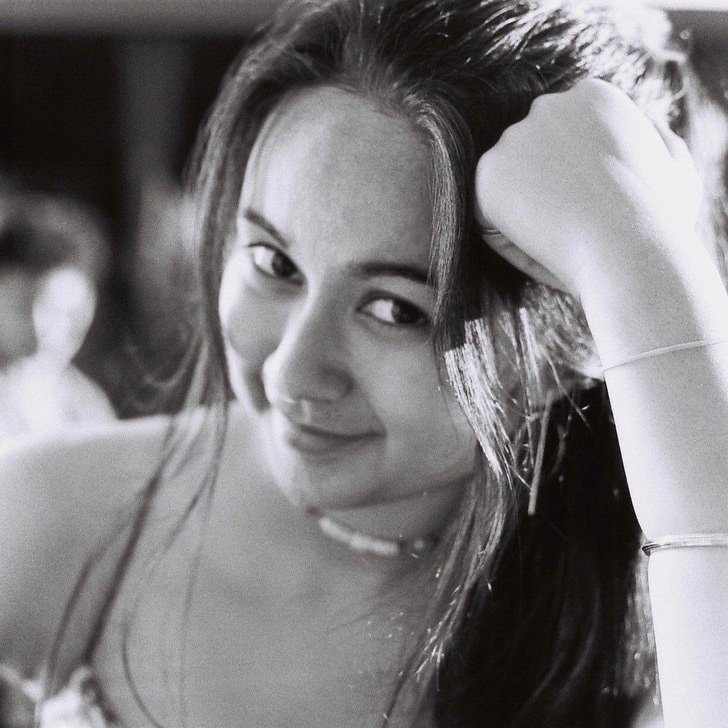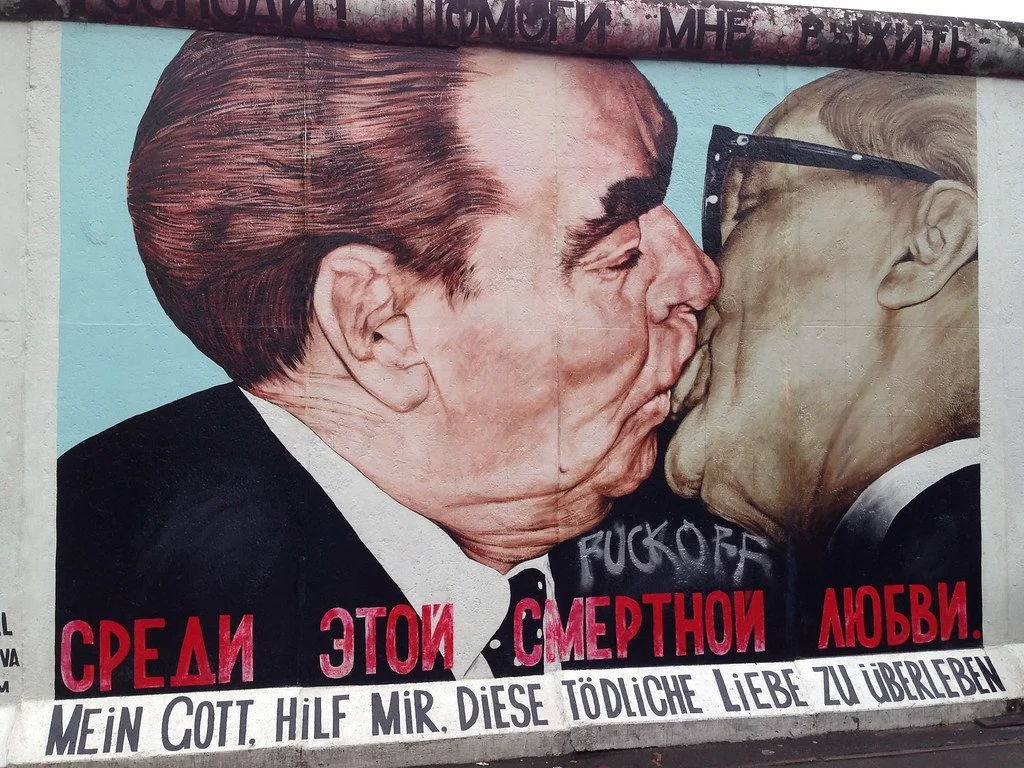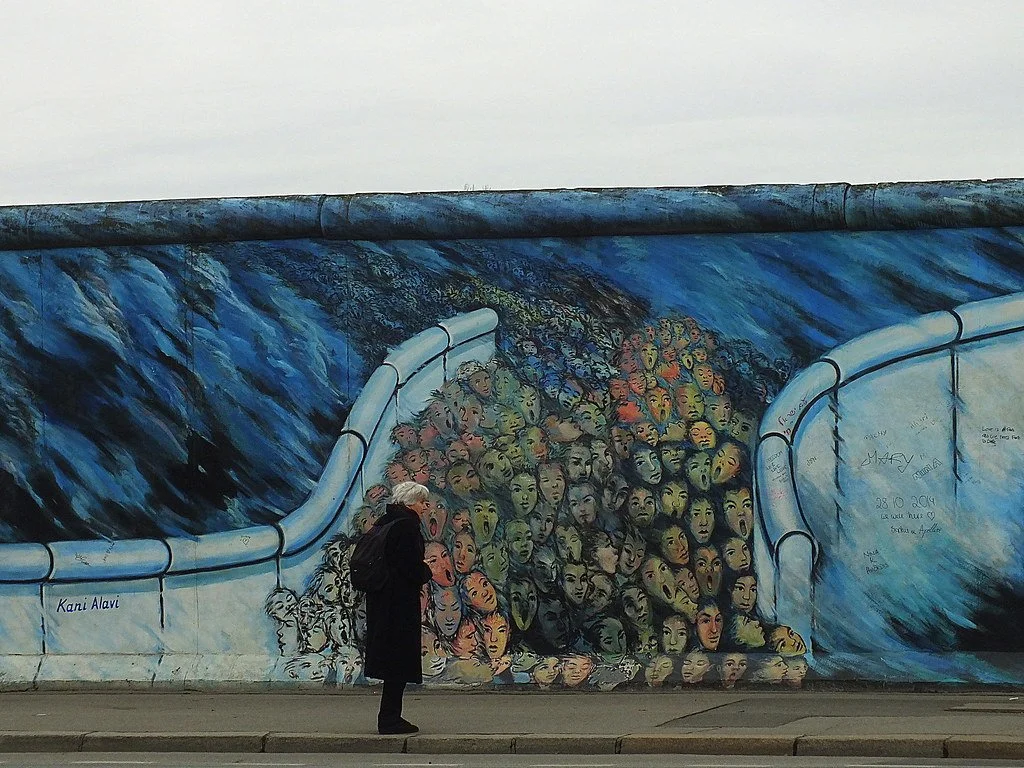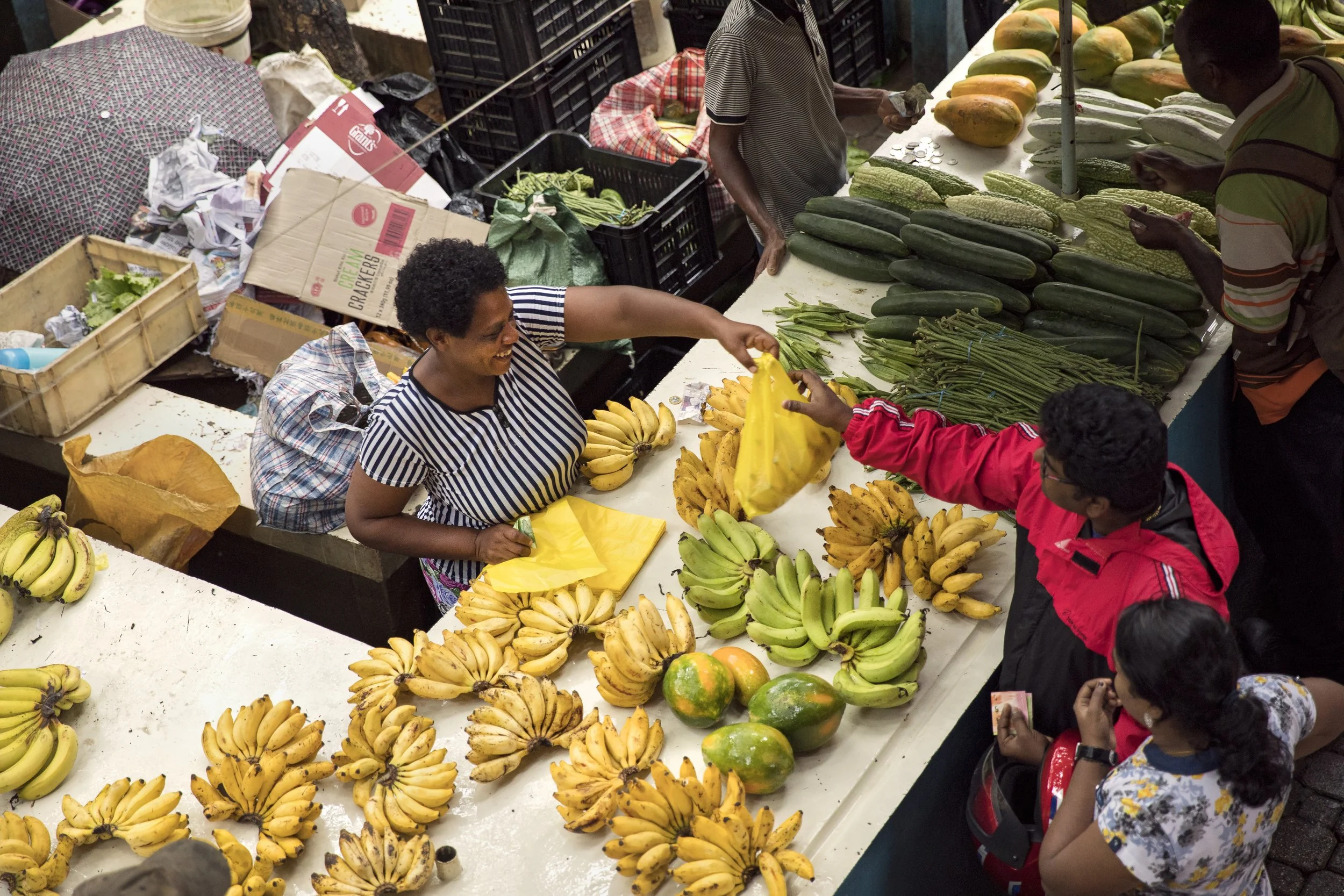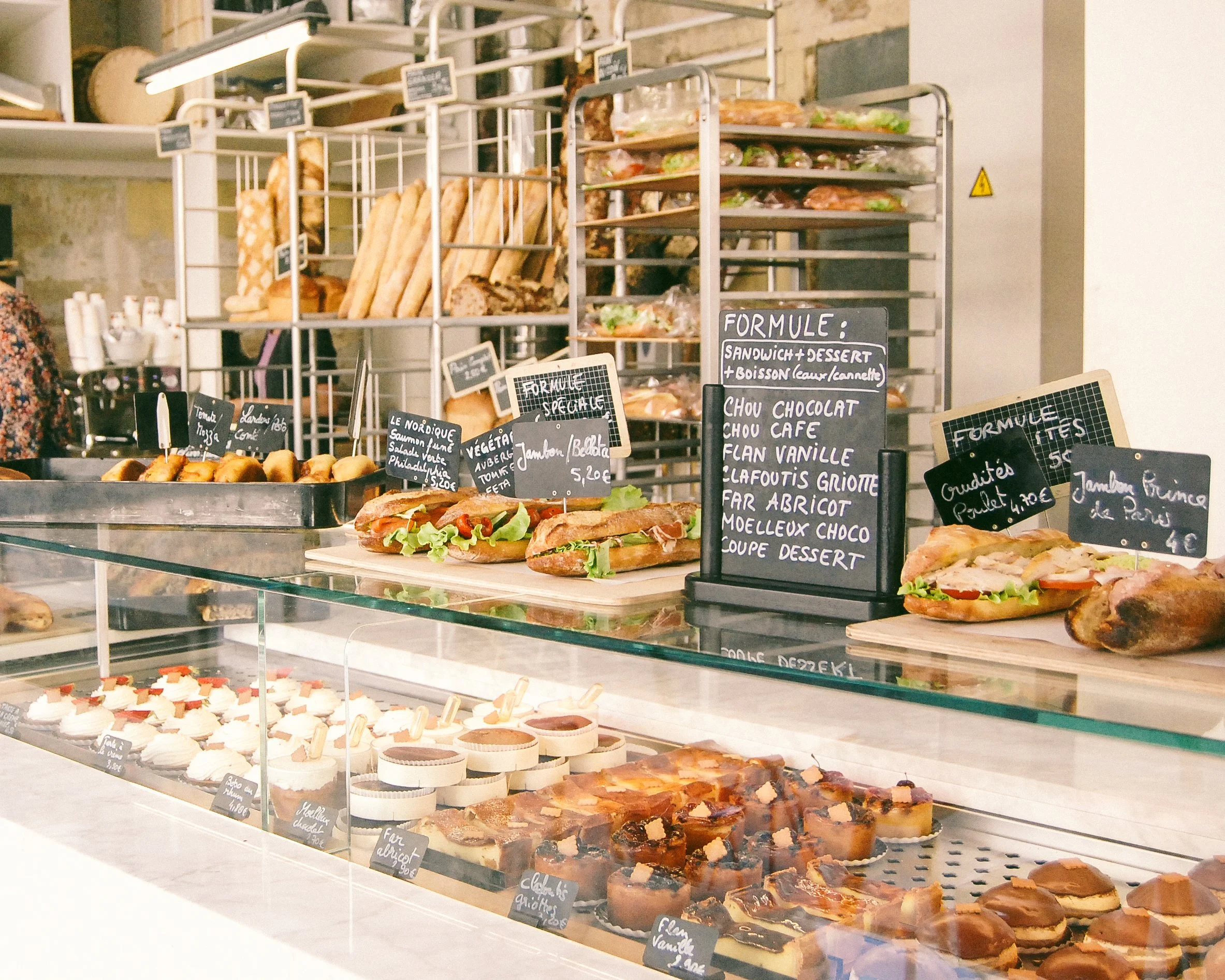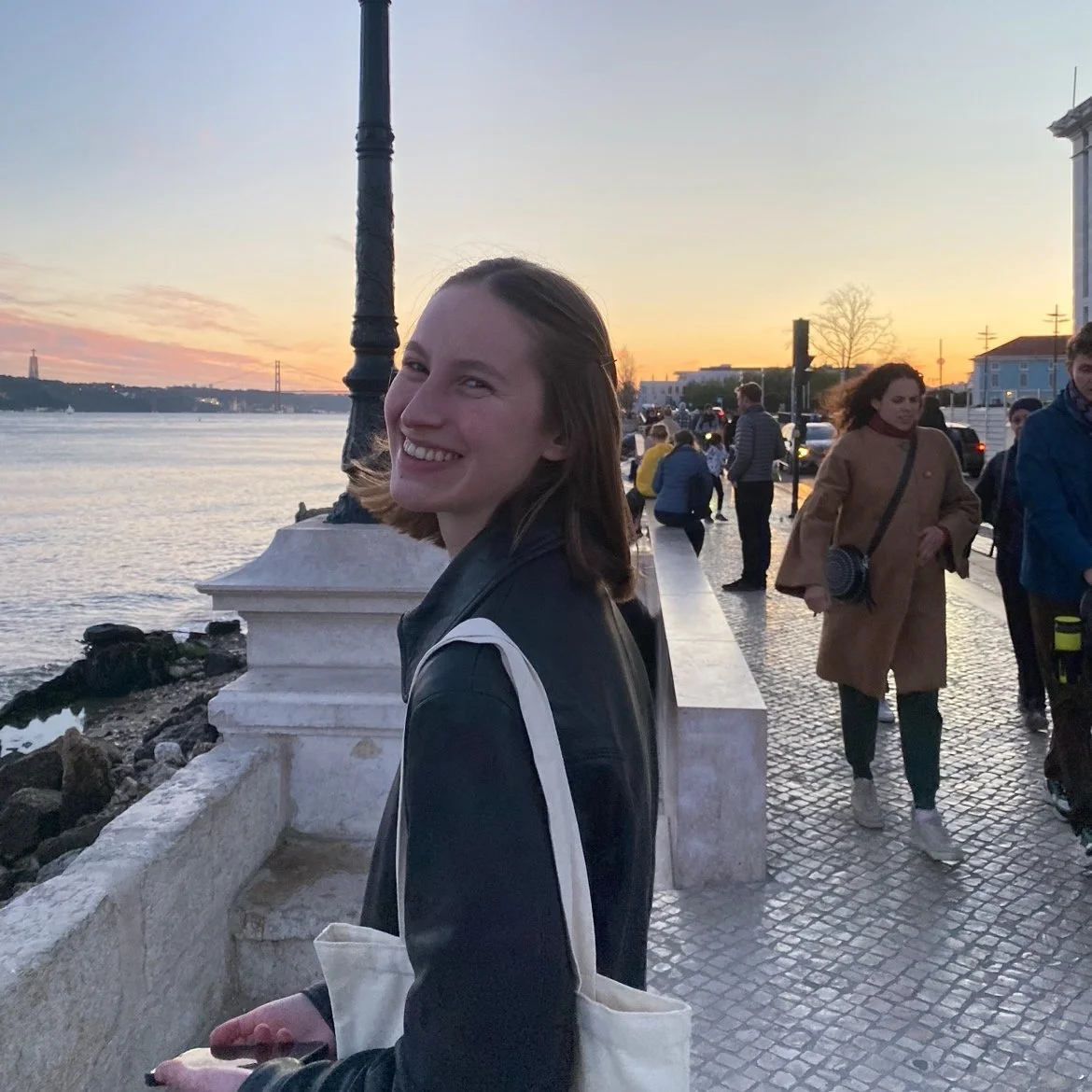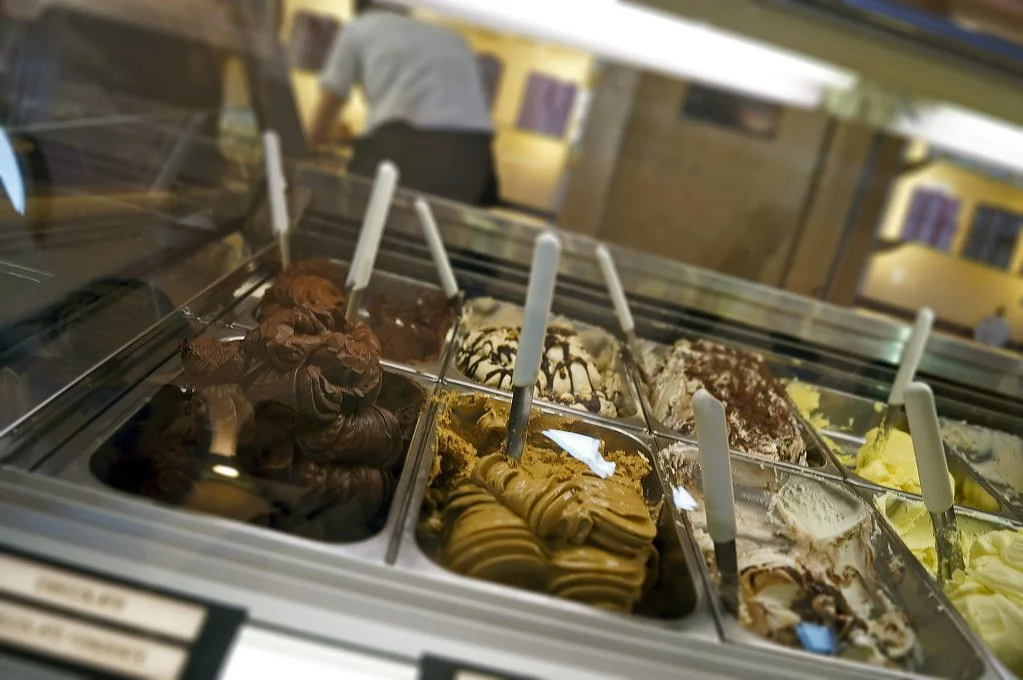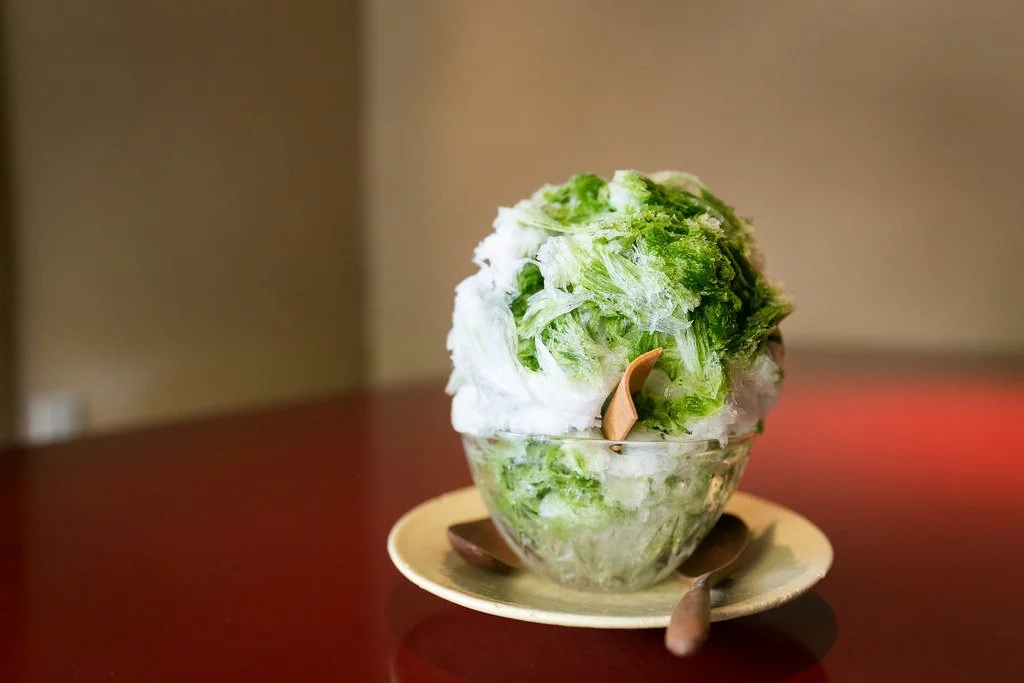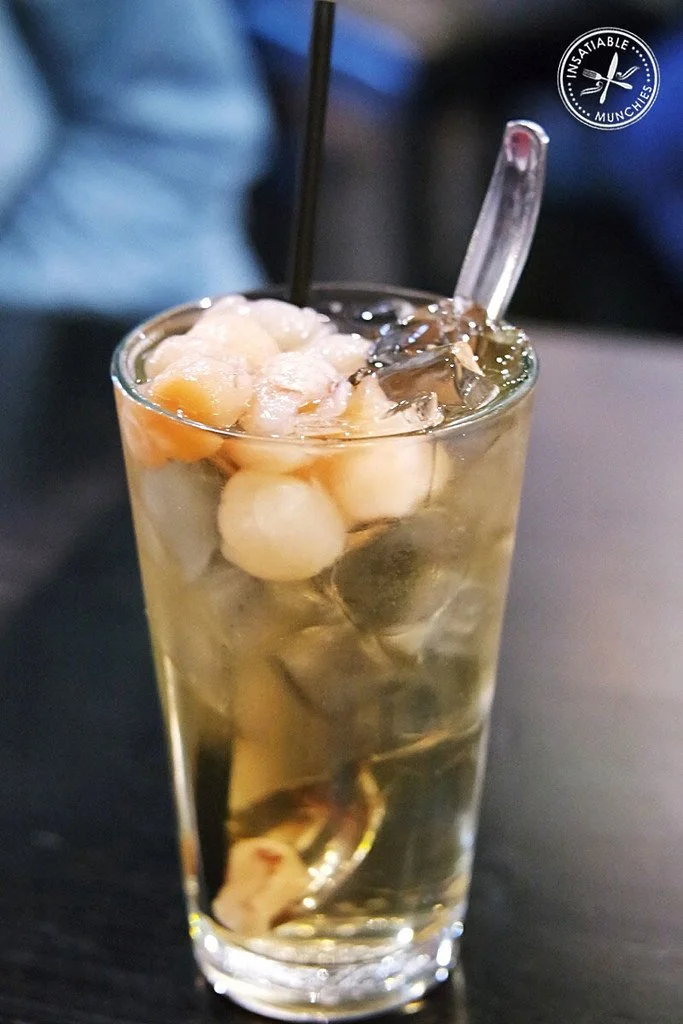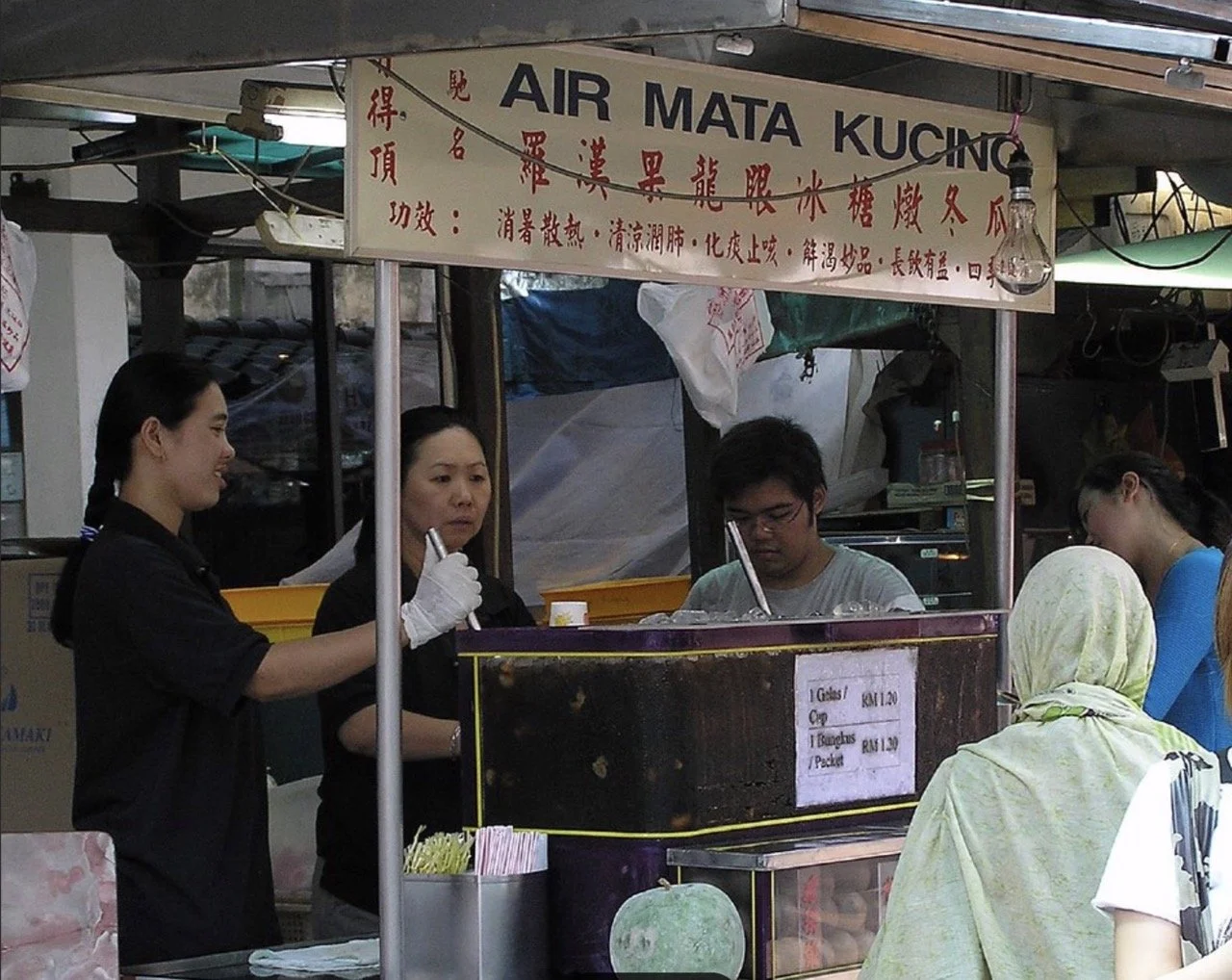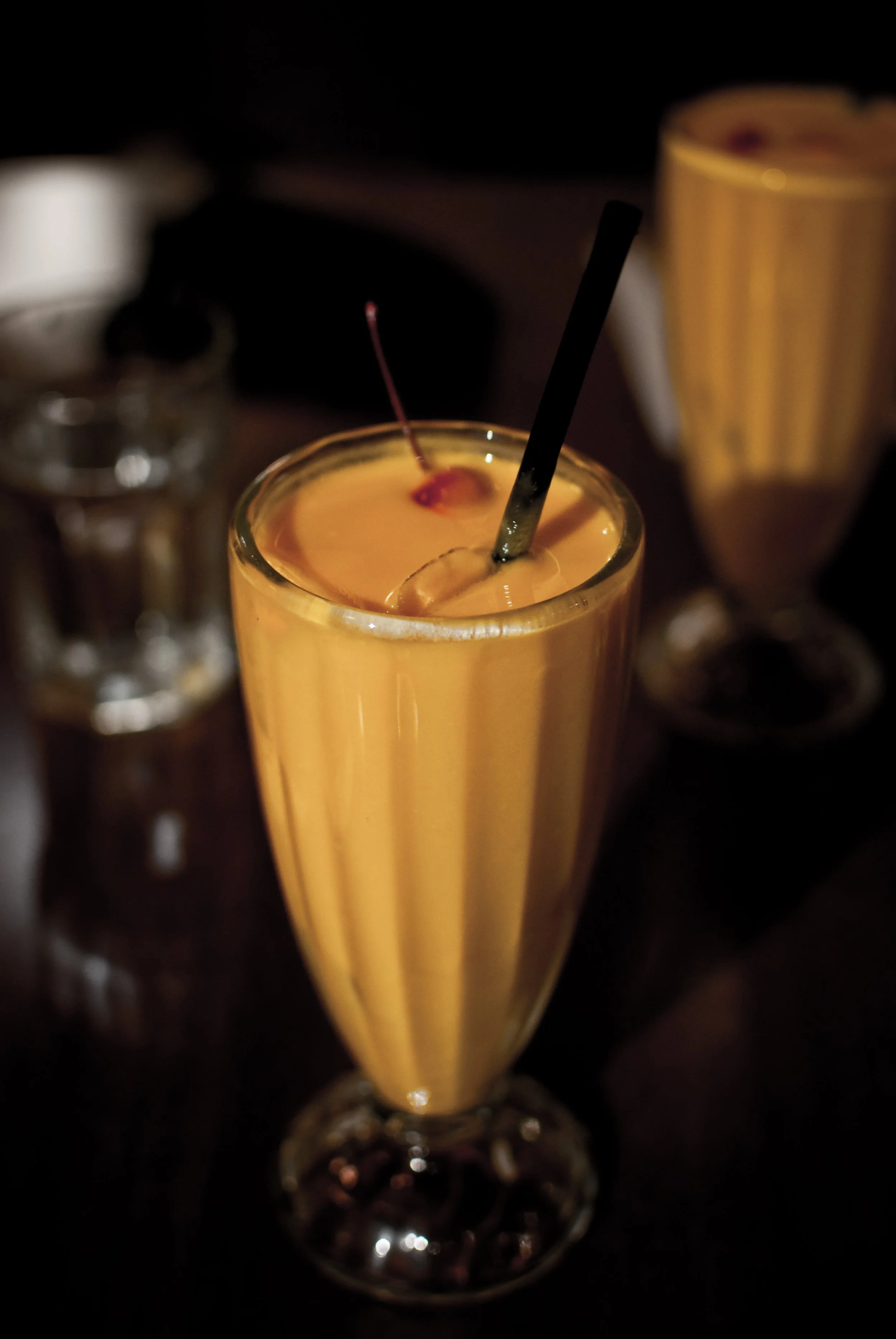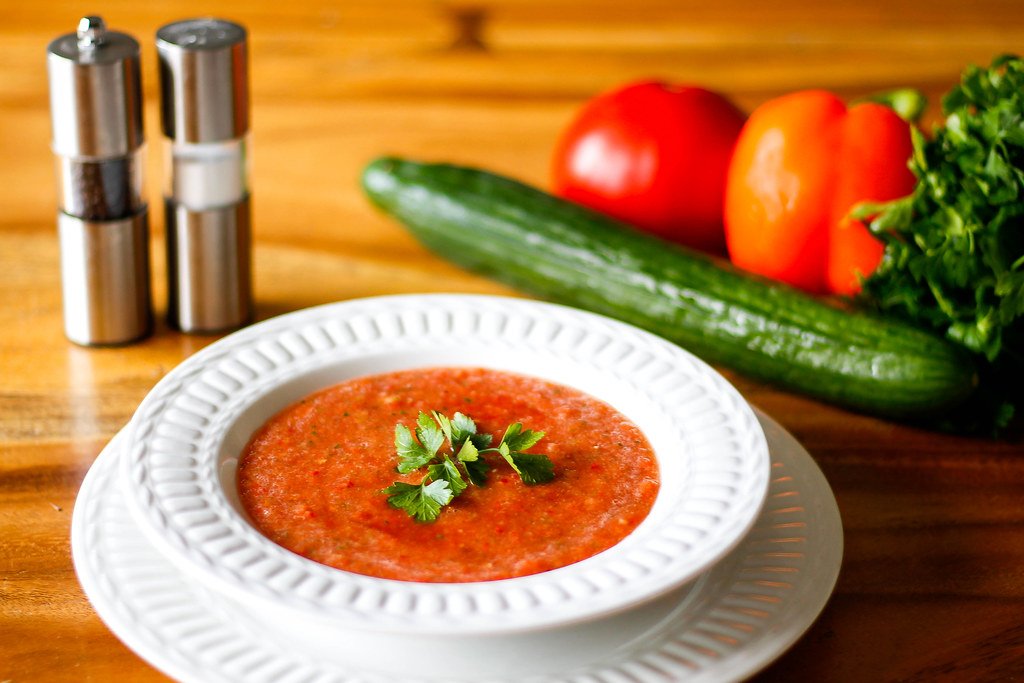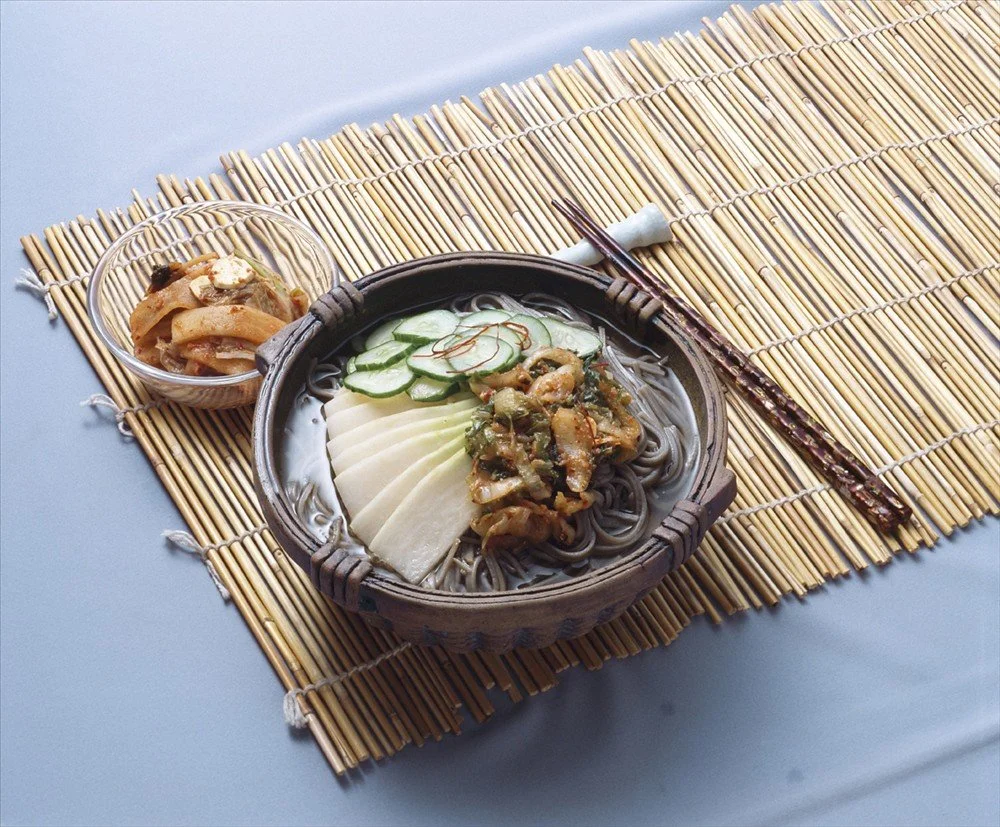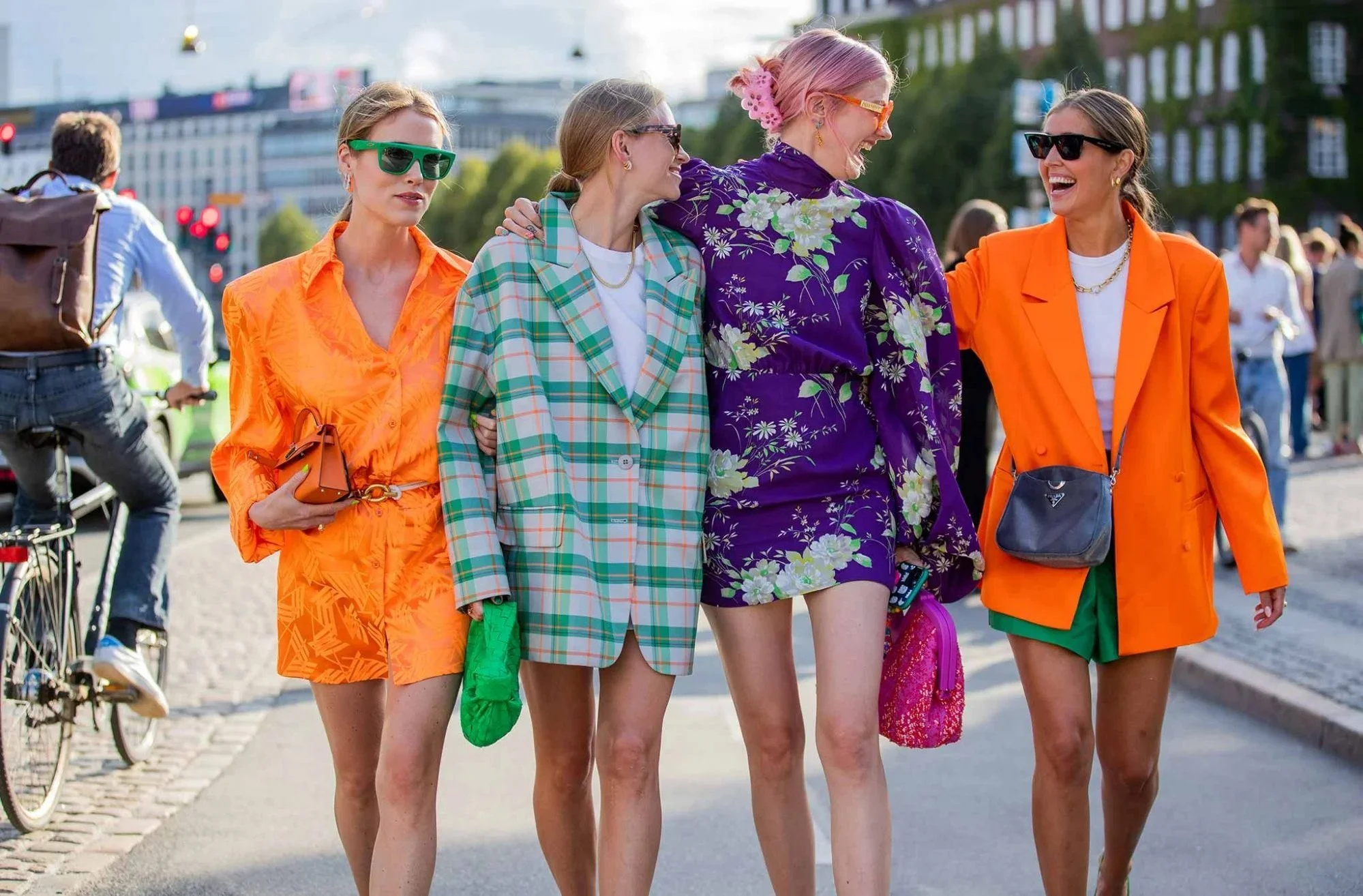Sixty-six countries around the world recognize May Day, and a variety of different celebrations and traditions can be found throughout Europe.
May Day bouquets. Alyss. CC BY-NC-SA 2.0
The roots of May Day are in the Gaelic Beltane Festival and Roman Floralia. In 1891, the first of May also became recognized as International Workers Day. Over the years, May Day festivities have maintained ancient traditions while evolving to include modern activities from picnics to music festivals.
England
Children performing the Maypole Dance. Pete Ashton. CC BY-NC 2.0
England boasts a long history of May Day celebrations. Traditional Maypole dances can still be seen throughout the country. These dances are often performed by children adorned with flowers who hold ribbons connected to the Maypole.
The ribbons create a colorful design as the children dance around the maypole. Said to represent the increase of daylight between the winter and summer months, this tradition is around 600 years old.
Beyond witnessing this traditional dance, history enthusiasts can witness re-enactments of conflict between the Vikings and Saxons at Corfe Castle in Dorset.
Finland
May Day picnic in Helsinki, Finland. Ninara. CC BY 2.0
Finnish May Day celebrations are called Vappu, and are celebrated on April 30th and May 1st. During the festivities, travelers can see streets and parks dotted with white hats; these hats are secondary-school graduation caps, which have become a staple of the Vappu celebration.
During Vappu, Finland is incredibly lively, full of parties, picnics, parades and political speeches. These events are accompanied by several traditional delicacies, including Finnish May Day funnel cakes called Tippaleipa, Finnish donuts called Munkki, and a unique kind of mead called Sima.
France
Lily of the Valley. liz west. CC BY 2.0
In France, May Day is known to be a day of rest when nearly every business is closed in honor of Labour Day, although flower shops and stands are allowed an exception. This is because Lily of the Valley flowers, called Muguet in French, are a staple May Day tradition.
During the holidays, Lilies of the Valley are exchanged between family and friends as a symbol of good luck. During May Day, French streets are strewn with these flowers as this day marks the only time of the year when people are allowed to sell these flowers on the street without requiring a license or taxation.
Germany
Walpurgisnacht celebration, Germany. Michael Panse. CC BY-ND 2.0
On the eve of May Day, Germans celebrate Walpurgisnacht, a spring festival with a history rooted in witchcraft. This tradition has its origin in the belief that witches celebrate the coming of spring on the summit of Blocksberg Mountain. During Walpurgisnacht, festivalgoers can dance around bonfires and indulge in Maibowle, a punch made up of white and sparkling wines and wild woodruff.
On May Day, parades featuring brass bands make their way through the streets, followed by maypole dances and public gatherings filled with bratwursts and beer. A festival for dark rock and arts has also been celebrated in Leipzig since 1992, drawing goths from around the world.
Greece
Wildflowers in Greece. Kevin Casper. CC0
May Day has been celebrated in Greece long before its association with Labour Day. Protomagia, the traditional Greek May Day celebration, has been a time for Greeks to celebrate rebirth and honor the dead for centuries.
While traditions vary across regions, many feature lively singing, dancing and rituals. A few of these customs include women singing traditional May Day songs while dancing around bonfires. Children also leap over the bonfires to symbolize the end of winter and banish disease.
Greenery and flowers have long symbolized vivacity and fertility. In preparation, people collect wildflowers from the countryside and create wreaths. These wreaths can be found on balconies and doors across the country, intended to ward off evil. These wreaths are then preserved and tossed into bonfires during the Feast Day of Aghios Ioannis Klidonas on June 24th.
Ireland
May Day flowers in Northern Ireland. Etrusia UK. CC BY-NC-SA 2.0
Traditionally, Ireland celebrated the Beltane Festival, including Maypoles and May Bushes, which were usually Hawthorn bushes decorated with ribbons and occasionally colored eggshells left over from Easter.
Children in Dublin would wander the streets in search of money, candles or sweets by approaching people and saying “Long Life, a pretty wife, and a candle for the May Bush”.
While these traditions have largely died out, travelers can still find bonfires in counties like Clare and Limerick. Partygoers celebrate throughout the country, enjoying the holiday with family and friends.
Italy
May Day Concert, 2008. Gniliep. CC BY 2.0
For May Day, Italy hosts the largest free music event in Europe. The May Day Concert in Rome's Piazza San Giovanni in Laterano began in 1990 and has drawn thousands of people every year since. At this event, travelers can experience live music and street events.
Beyond the May Day Concert, Italians and visitors alike use the holiday as an opportunity to soak up the sun and indulge in Italy’s rich culture. Italy has many beaches, such as Salento, where people can celebrate the coming of spring along the water. People also flock to San Gimignano, home to incredible wine, architecture, and a UNESCO World Heritage Site at the city center.
Scotland
Performers at the Beltane Fire Festival, 2009. Martin Robertson. CC BY-NC-ND 2.0
Scotland is another destination where the Beltane Festival is celebrated. Since the 1980s, traditional Beltane celebrations have been revived with modern additions.
One of the most prominent celebrations occurs on April 30th in Edinburgh. Every year, around 10,000 people from around the world are drawn to the Beltane Fire Festival. During the festival, a procession filled with drums travels through the streets, led by traditional May Day characters like the Green Man and the May Queen.
Following the procession, there is a three-hour stage performance which is concluded by the lighting of a bonfire. At the festival, visitors have the opportunity to immerse themselves in the traditional performances and support local businesses
Madison Paulus
Madison is a student at George Washington University studying international affairs, journalism, mass communication, and Arabic. Born and raised in Seattle, Washington, Madison grew up in a creative, open-minded environment. With passions for human rights and social justice, Madison uses her writing skills to educate and advocate. In the future, Madison hopes to pursue a career in science communication or travel journalism.



